What Is The Future Of Consumer Technology? I Found Out At CES Unveiled Paris
As you may know, New Rising Media’s slogan is “a lifestyle blog for the future human,” and it’s fair to say consumer technology plays one of the biggest parts of that future human lifestyle.
So what does that future hold? Well, one of the best places to find that out is CES - the Consumer Electronics Show - the epicentre of technology. Chances are you’ve heard an announcement or two come out of CES over the years…
Heading over to Paris to CES Unveiled Paris, I got to watch Shawn DuBruvac’s Trends speech - the result of months of market research and data analysis to bring predictions of 2017 in consumer tech.
And what was predicted? More of the same, but that “same” goes in different directions than you think.
1. The New Voice of Computing
So, we start with one prediction that we can already see unfolding before us - with the likes of Siri, Cortana, Alexa and Google Assistant, next year’s computing will be dominated by voice.
Voice computing demonstrated by BUDDY robotic companion.
We have come far over the past two decades, judged ideally by what is called the Word Error Rate (WER for short). In 1995, this was at 100% (chances are you’ve tried and failed to get an old version of Windows to translate your voice). By 2013, this rate dropped to 23%, and Shawn’s prediction is this will reach “Human Parity.”
“The new interface for computing is what I call ‘vocal computing.’”
With graphical user interfaces (GUI) fading into the background on devices such as wearables and household items, this presents a constantly growing opportunity to make voice a primary interface.
And no, this isn’t a fix for the entire tech industry - only in places where it will benefit like in the smart home or portable gadgets. Chances are you’ve not touched Siri on your Macbook, or really use Google Assistant all the time on the smartphone.
2. Connections and Computation
At the moment, how many connected devices do you have on your body, all sharing data each other?
Reading this website, chances are you currently have two on you - the phone in your pocket (or in front of your eyes right now) and a device on your wrist, be it smartwatch of fitness tracker.
Shawn’s second prediction comes with the greater technological understanding of these datasets, integrating (hopefully) in a better lifestyle for you.
As more and more devices in your life get both a WiFi connection and machine learning capabilities, they can work independently with you in mind - I’m of course talking about automation.
And you’re already seeing this in action with the smart home, but this could expand into health tech (fitness trackers making recommendations for example) and greatly tailored content consumption.
But “smart” doesn’t just stop at the home. It also extends to Smart Cities - analysing big data and allowing technology to automate things based on the results is the next logical step.
The big beneficiary from this would be self-driving cars and speaking of cars…
3. Transportation Transformation
Over the past few years, the industry seems to have been working towards new forms of transportation, from electronic skateboards to self-driving cars. These booming areas will begin to reach a peak in 2017.
The car has become a gadget. Stands from the likes of Ford dominate the show floor in Las Vegas, and one of the most exciting announcements for January’s show is the factory model reveal of the Faraday Future.
Further advancements in self-driving vehicles, driver assist technologies and alternative forms of transportation will be made.
4. AI’s Infusion into Our Lives and Businesses
The work of Artificial Intelligence has been around us for years, but only recently have we directly spoken to it.
This goes back to points one and two, as this artificial assistant grows better in listening and actioning your commands.
But as we ask with many many AI stories, how far is too far? We have the common sense to not take it to a point where Science Fiction films scare us to, but we need to find that balance between self-awareness and maintained power for us.
5. Digitising the Consumer Experience
Virtual Reality and Augmented Reality are quickly becoming consumer tech buzzwords. Shawn’s next prediction sees these two areas come together.
As he himself put it:
“We started by digitising devices, and now we are going to digitise experiences.”
The work has happened and we already have a fully digital array of gadgets to use, but how will they evolve to further impact our lives? One way that has been described here is the work of bringing both VR and AR into one seamless experience.
To this, I had one question about a socially connected augmented reality after speaking with Shawn personally - “have you watched the new Black Mirror?” I hope he has now, and sees the potential risks to social conventions this kind of development could bring.
So what does all of this mean?
Some of you may sit there and think some of these mean big developments in the world of consumer tech, while others think it doesn’t sound as ambitious as you envisioned.
You shouldn’t think either of these. What we have here are small innovations that will greatly help us further define our relationship with technology.
This is not the industry for big innovations anymore. Companies are more considered in their choices, as they are more than just hardware spec decisions - they are statements of intent. These decisions help them draw their own vision of the future, and I can’t wait to see what they believe in.






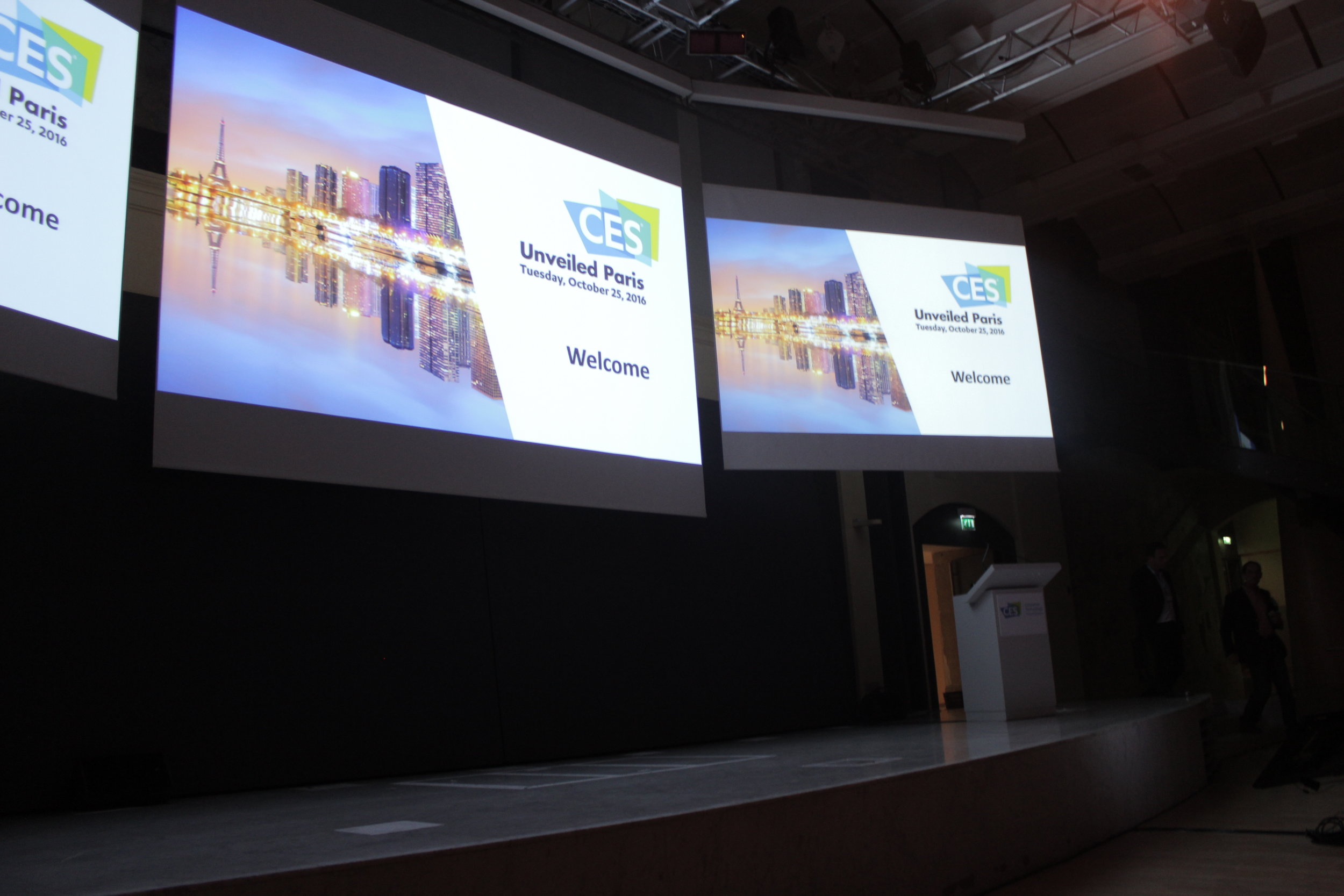
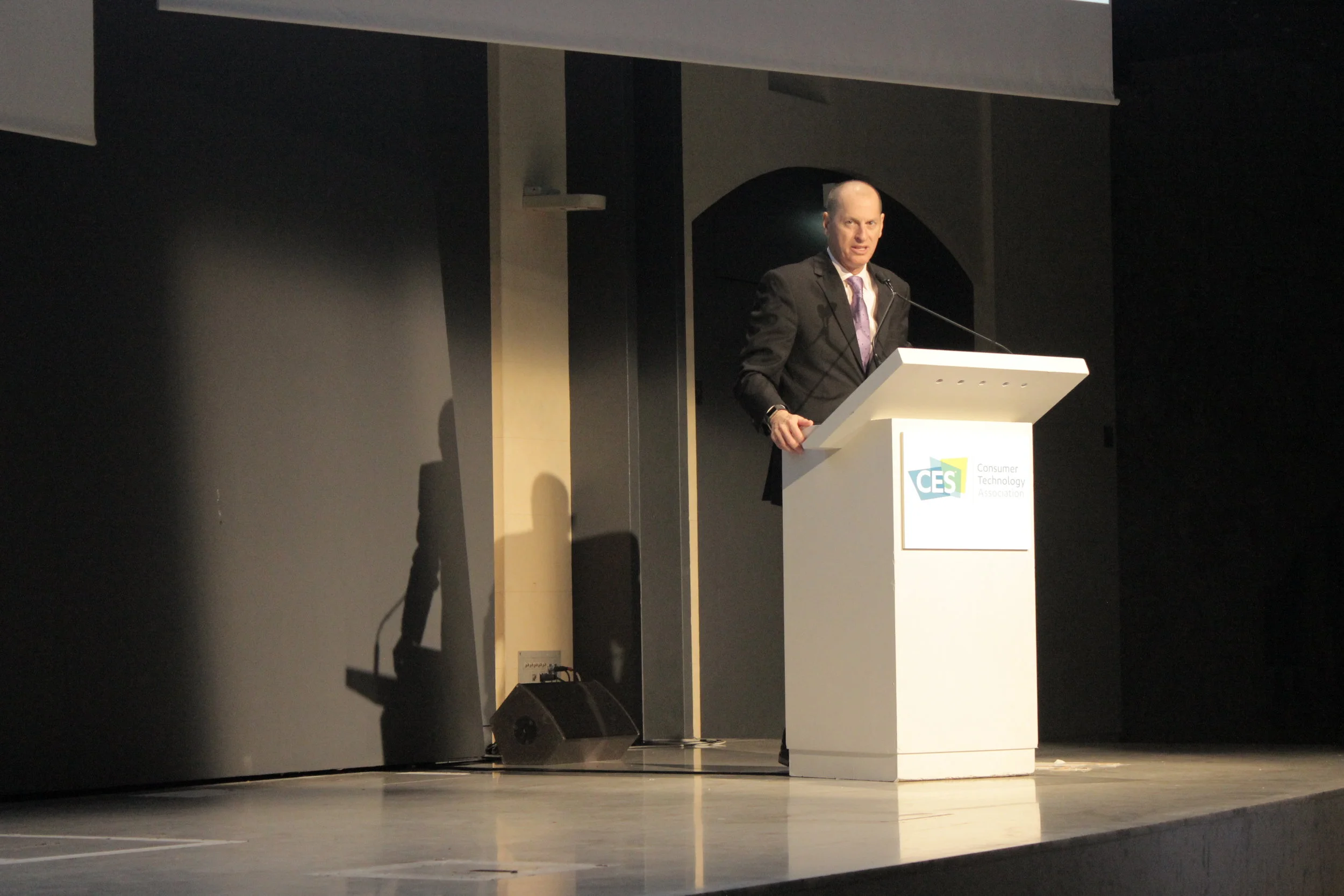
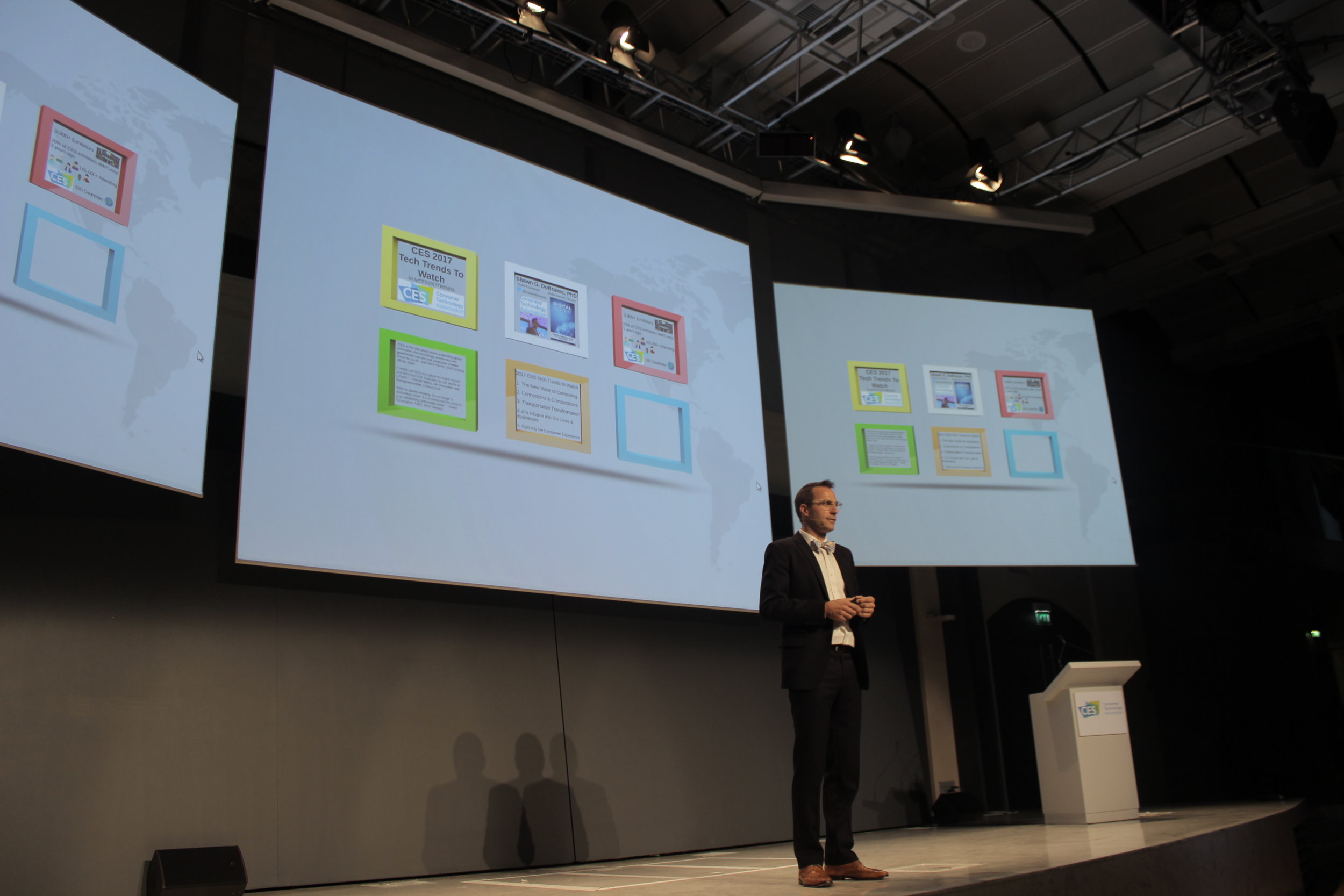
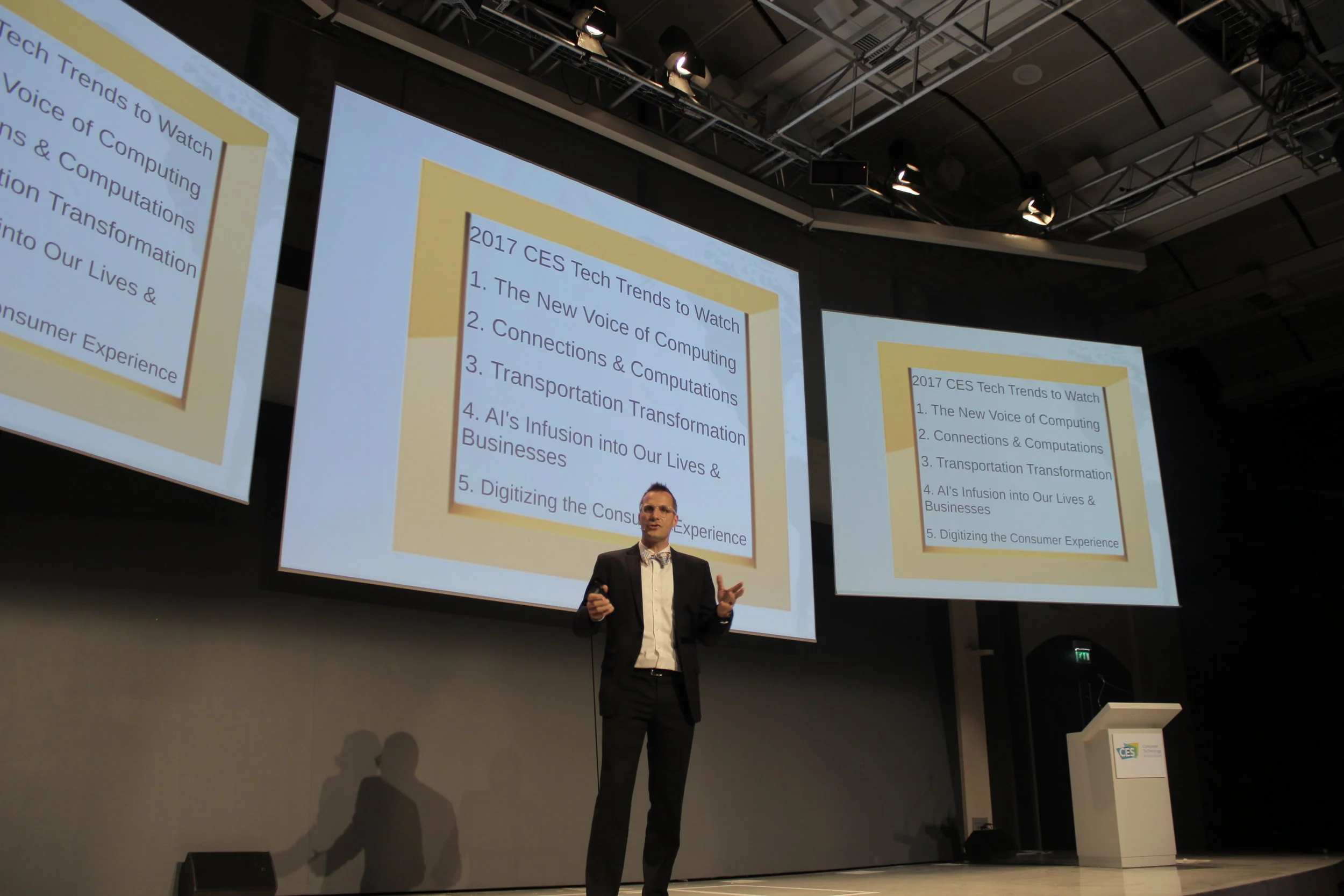
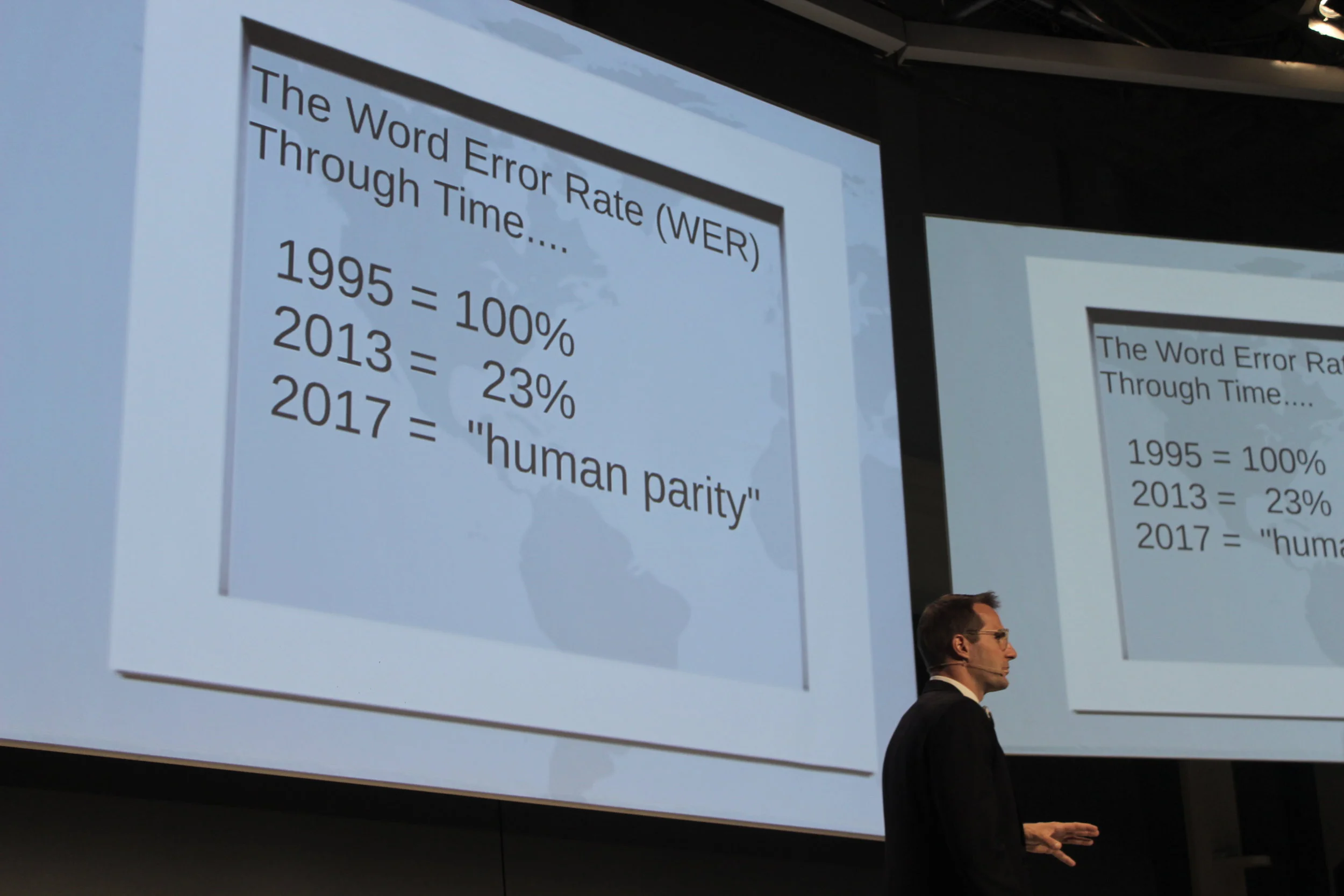
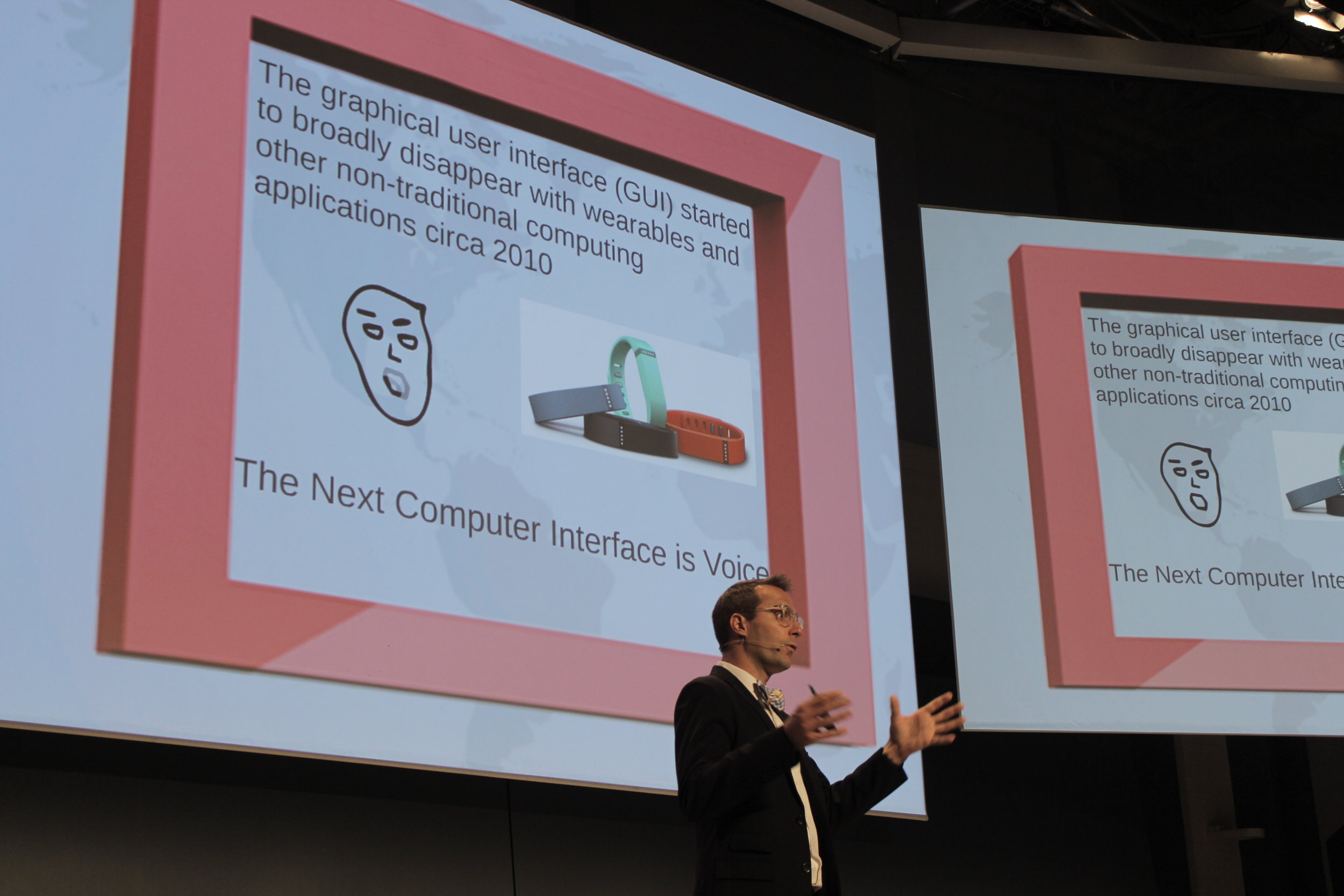
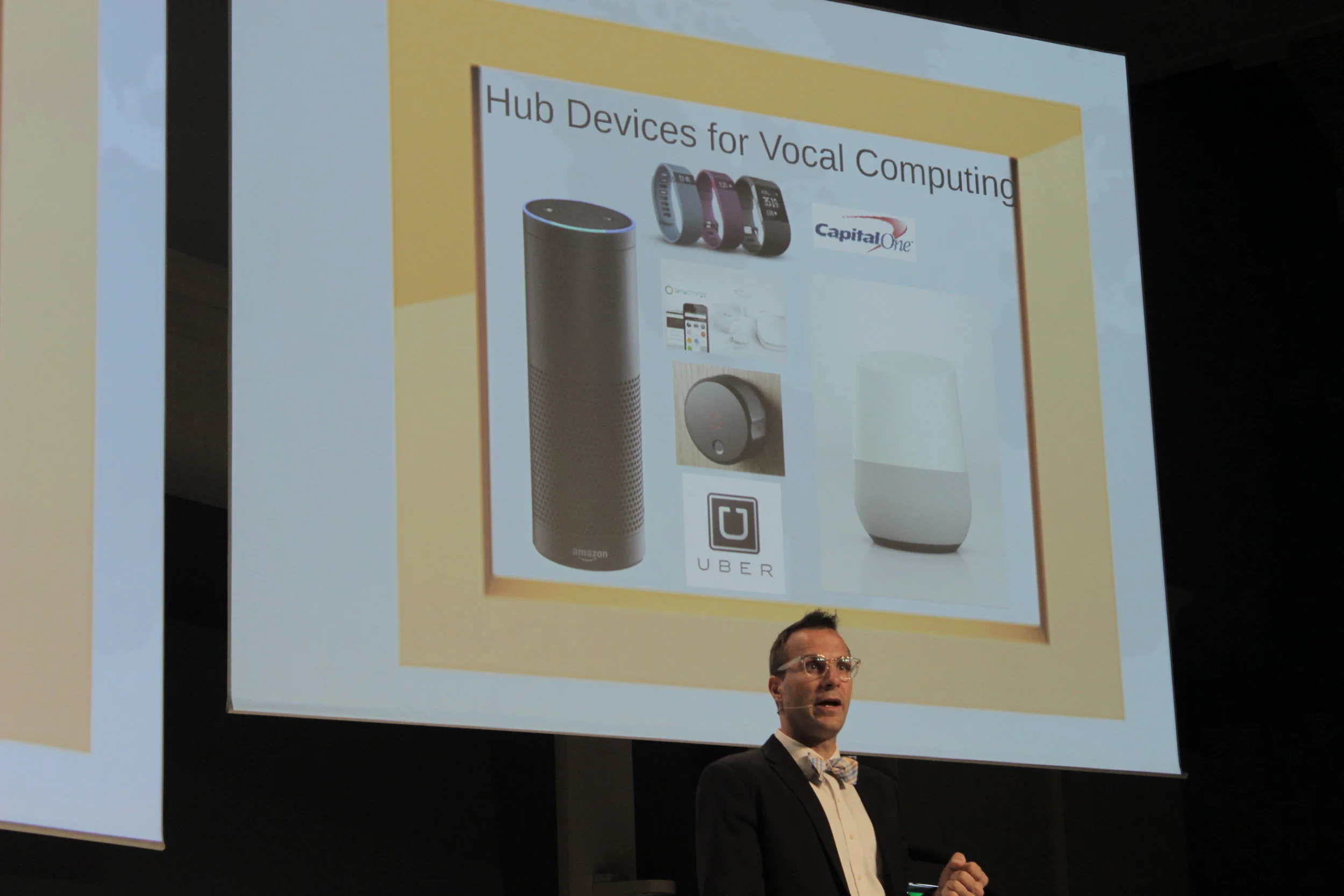
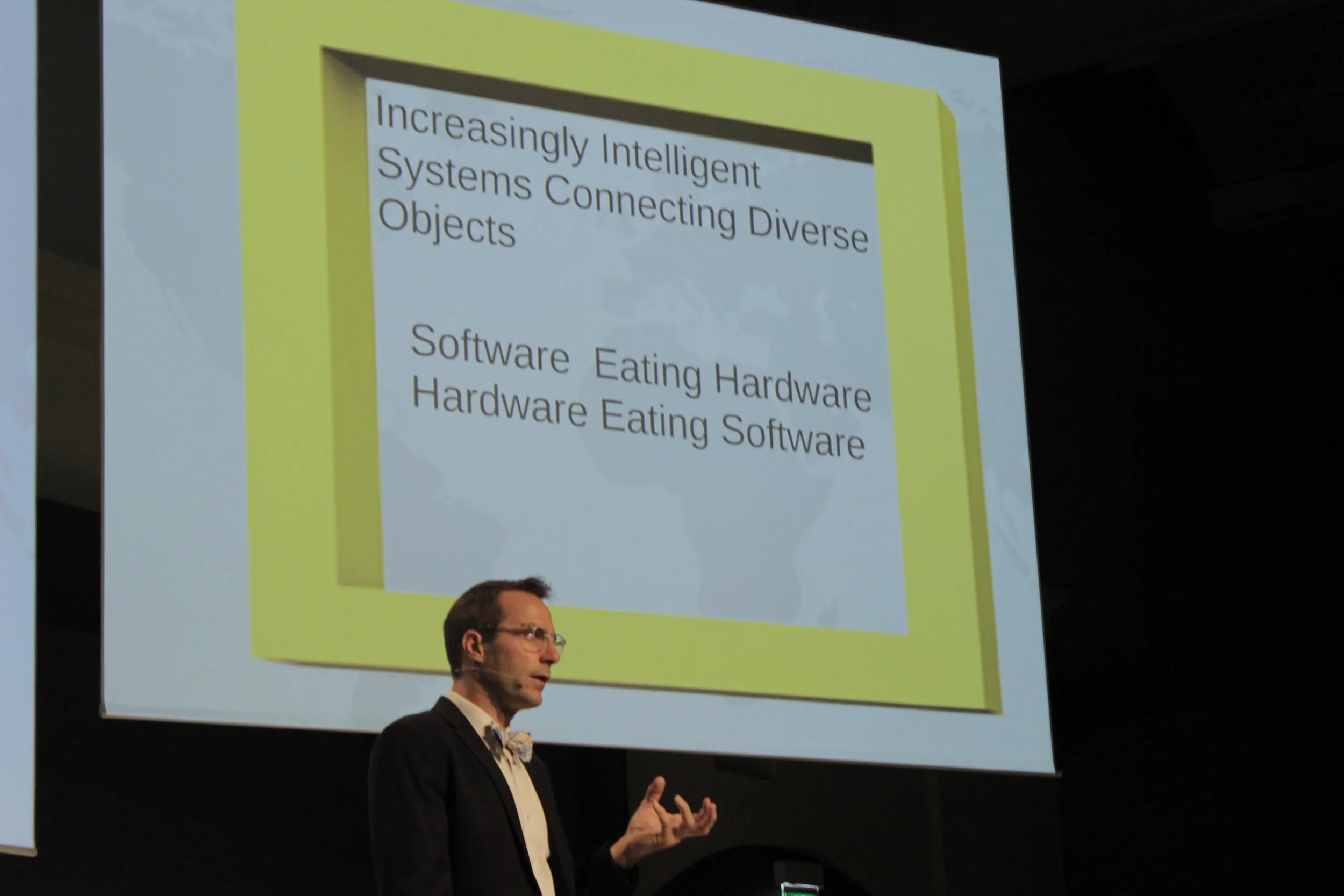
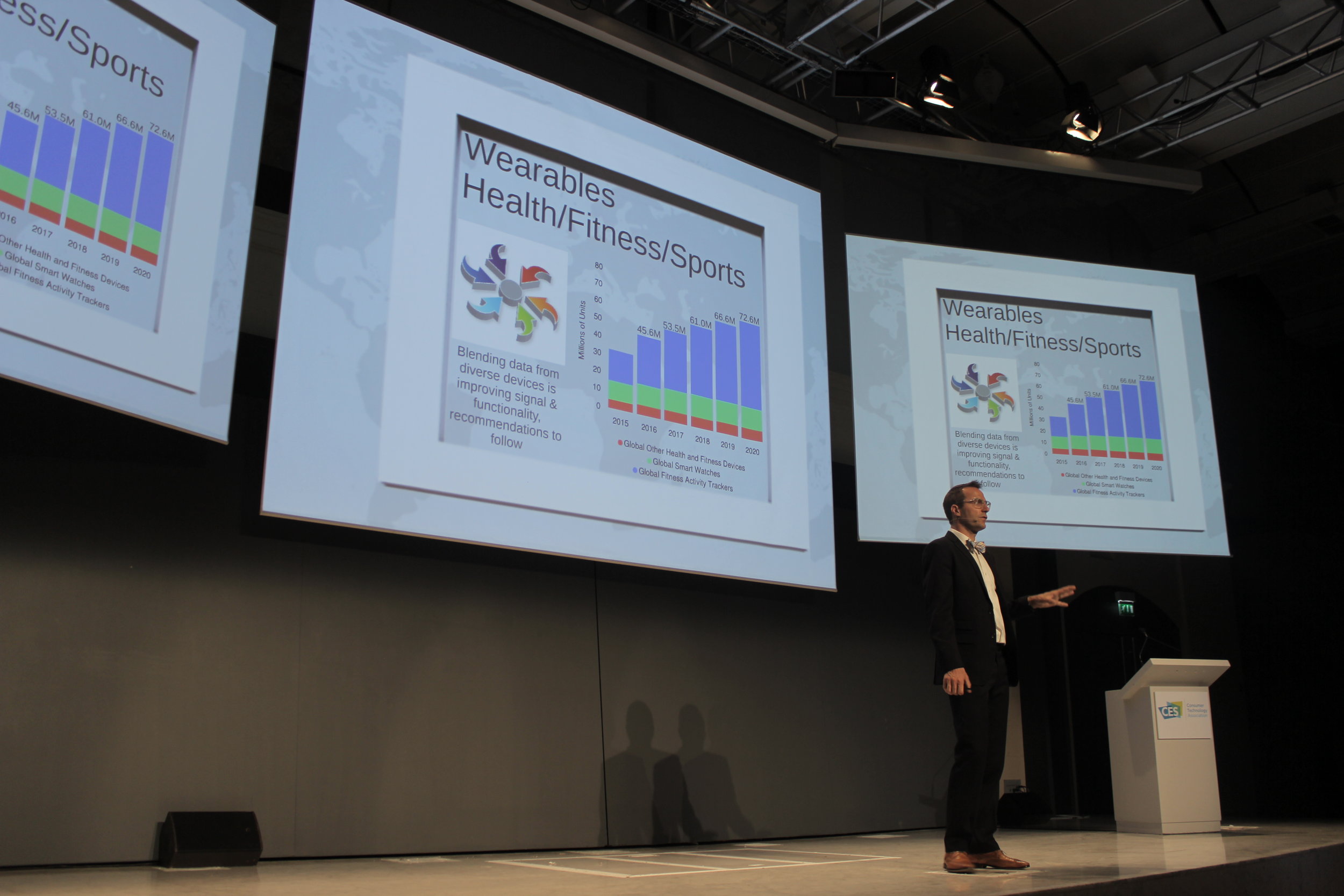
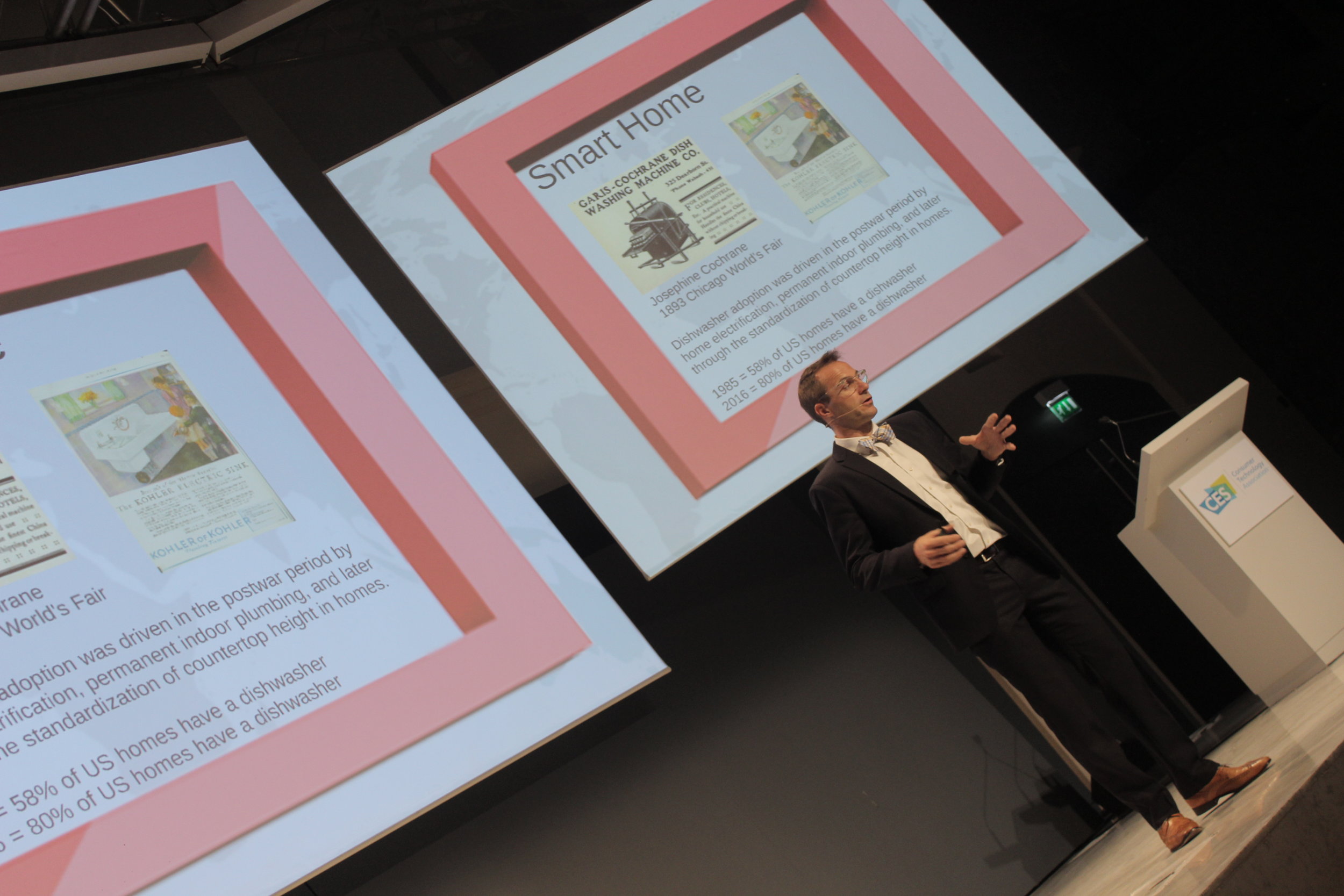
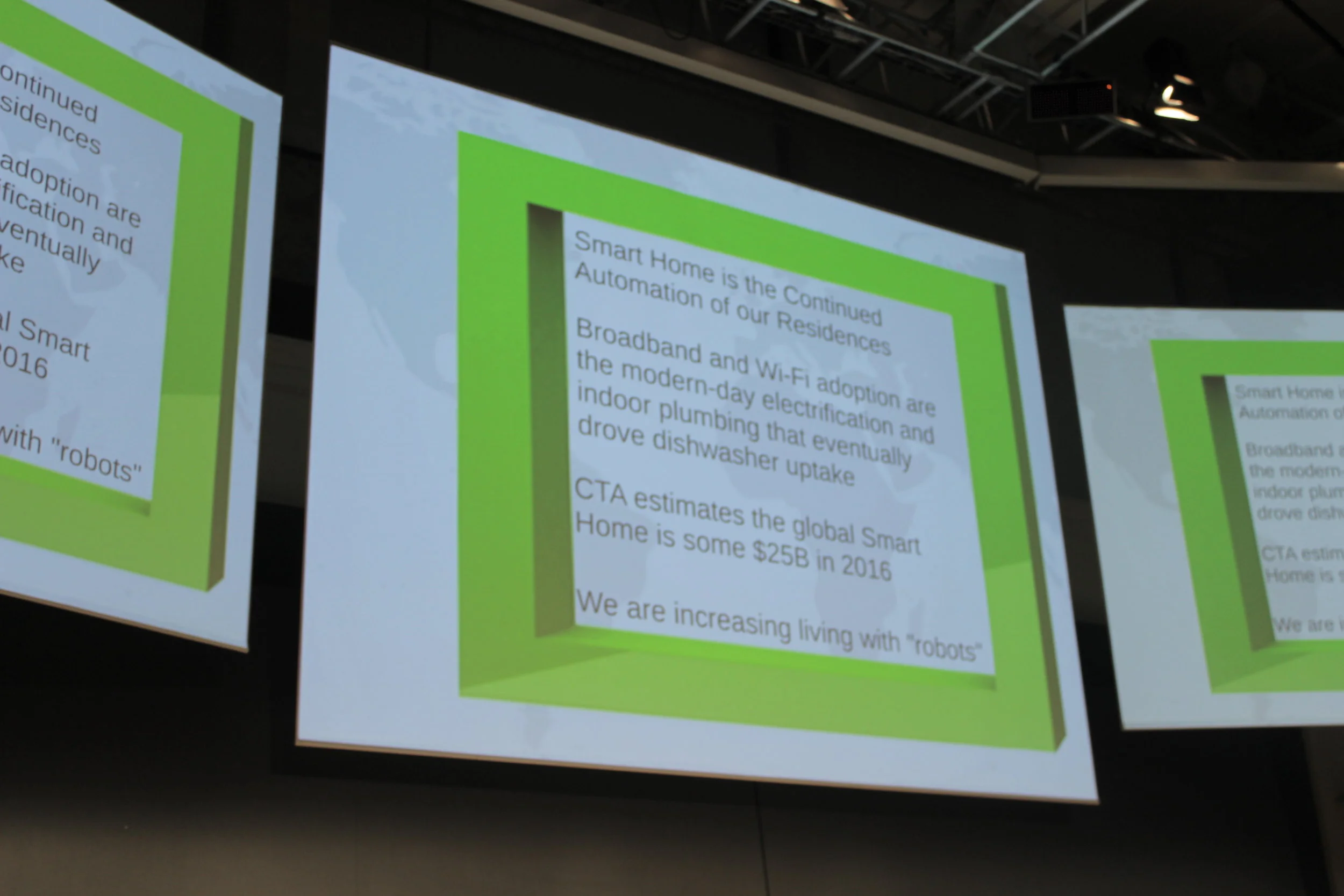
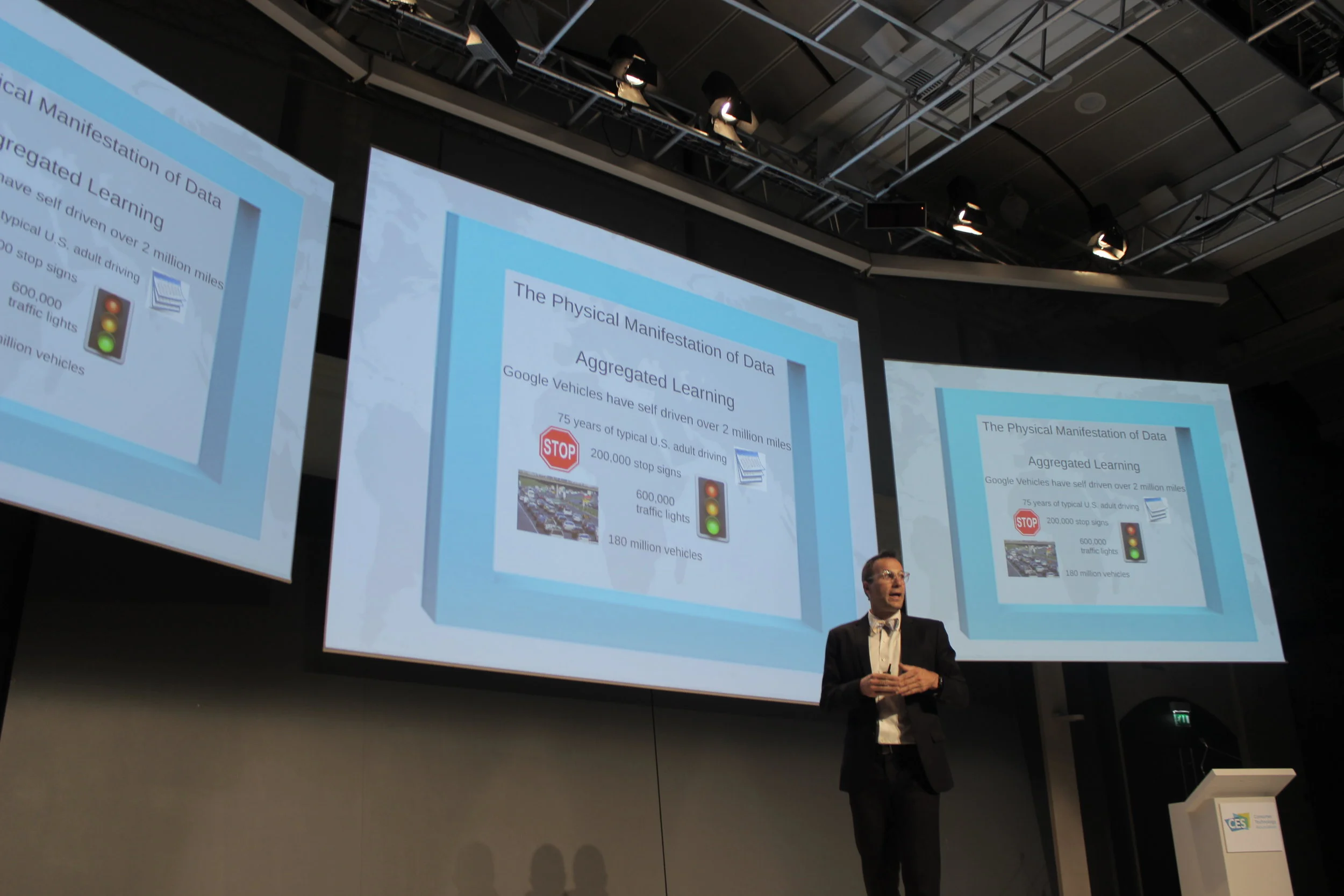
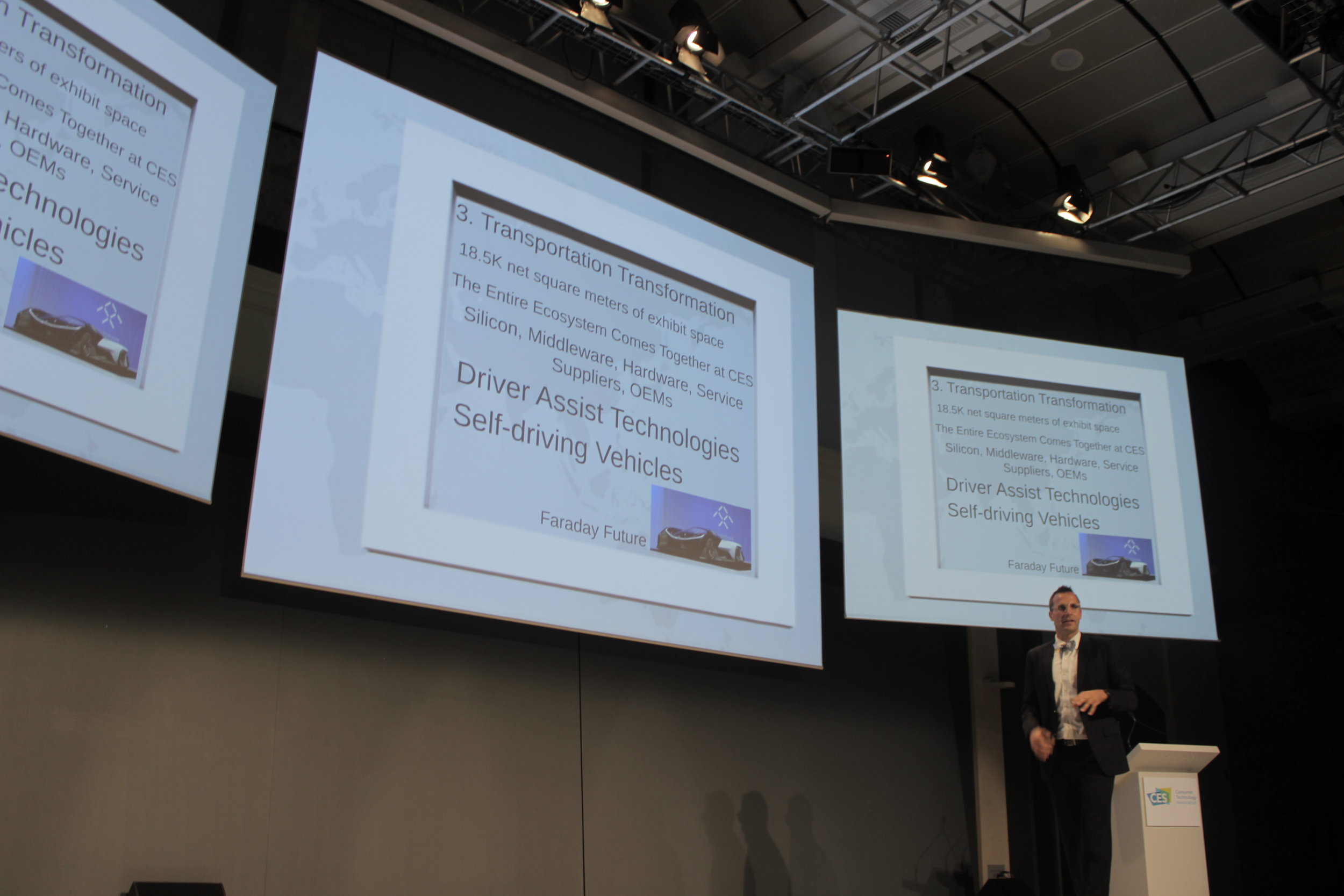
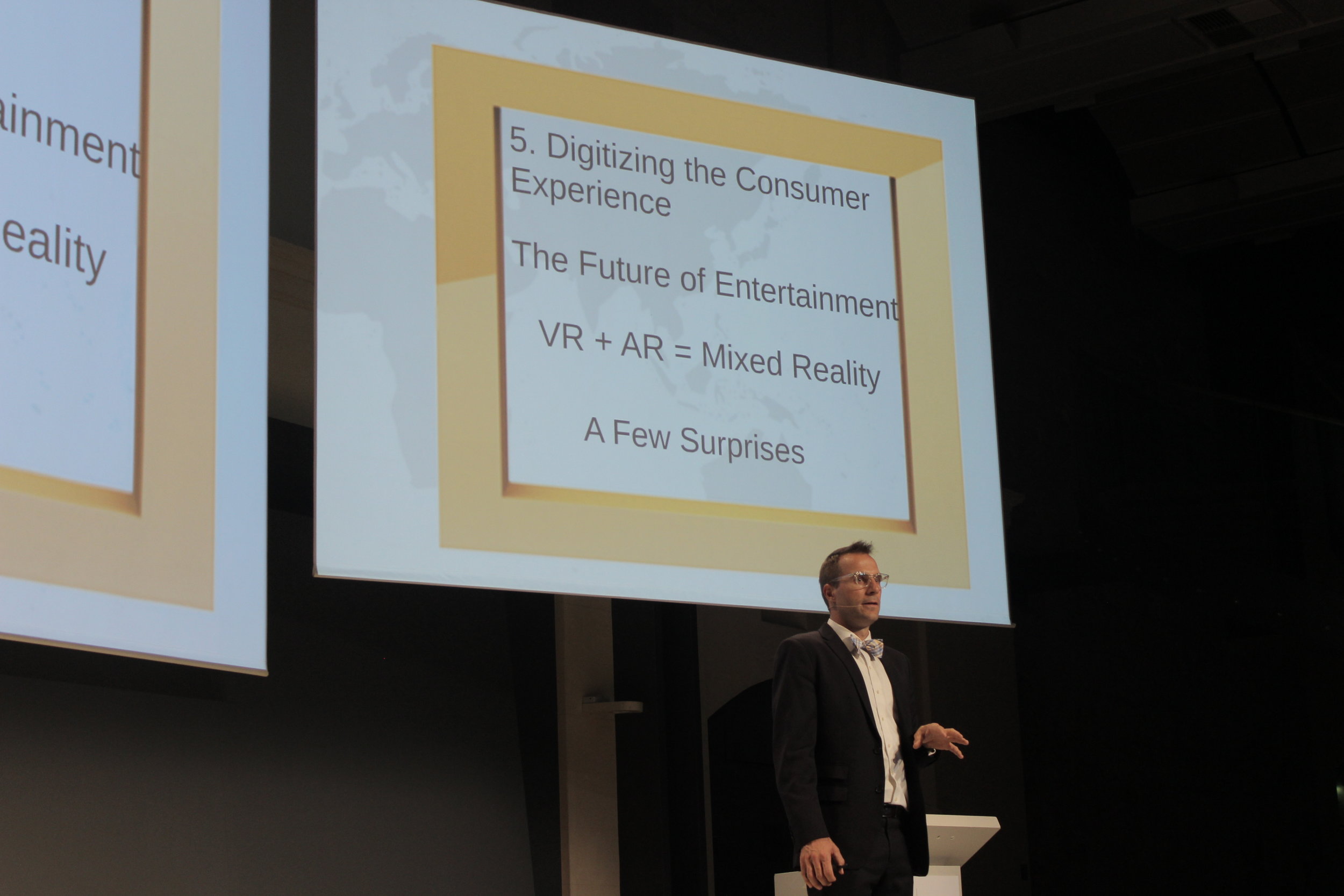
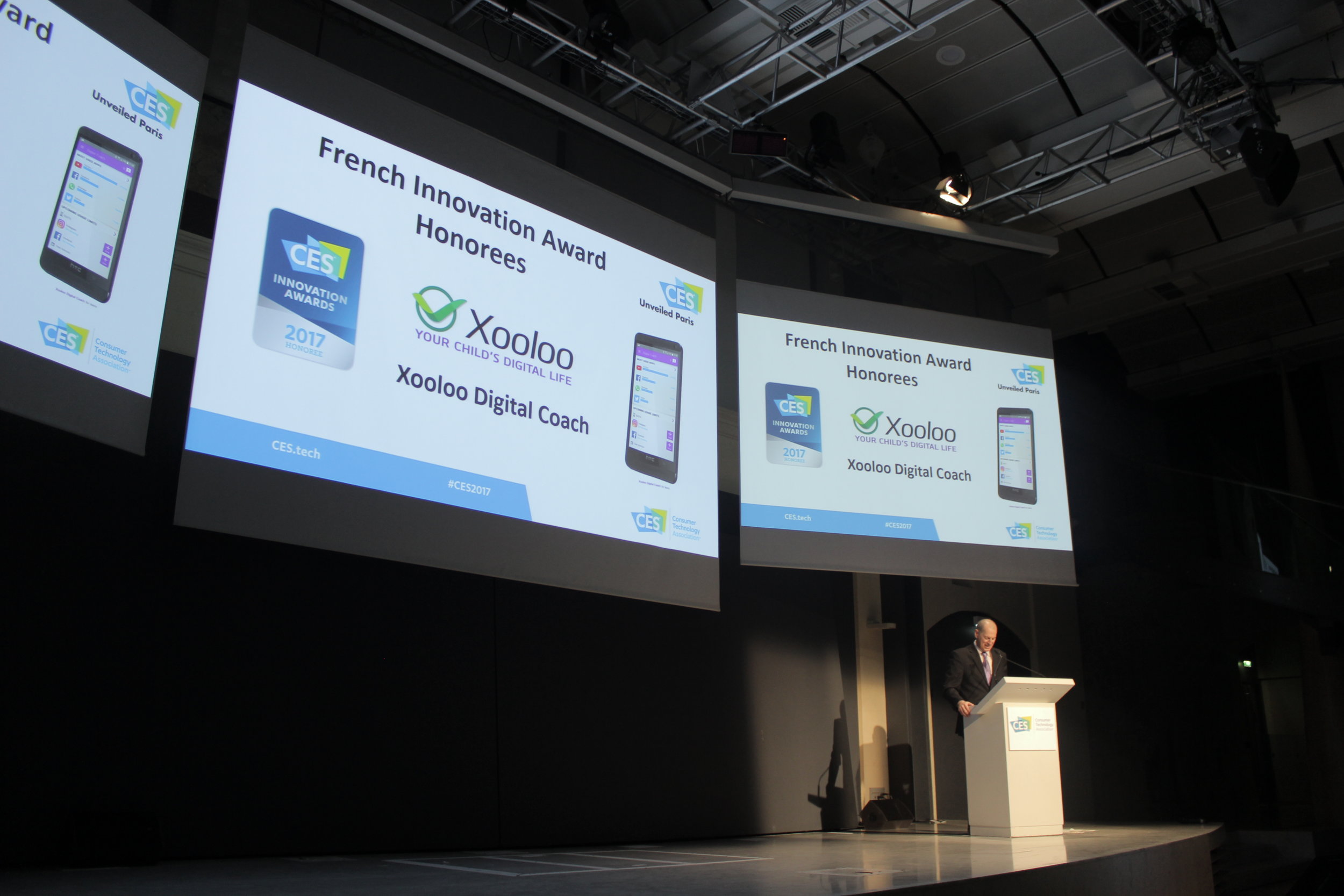
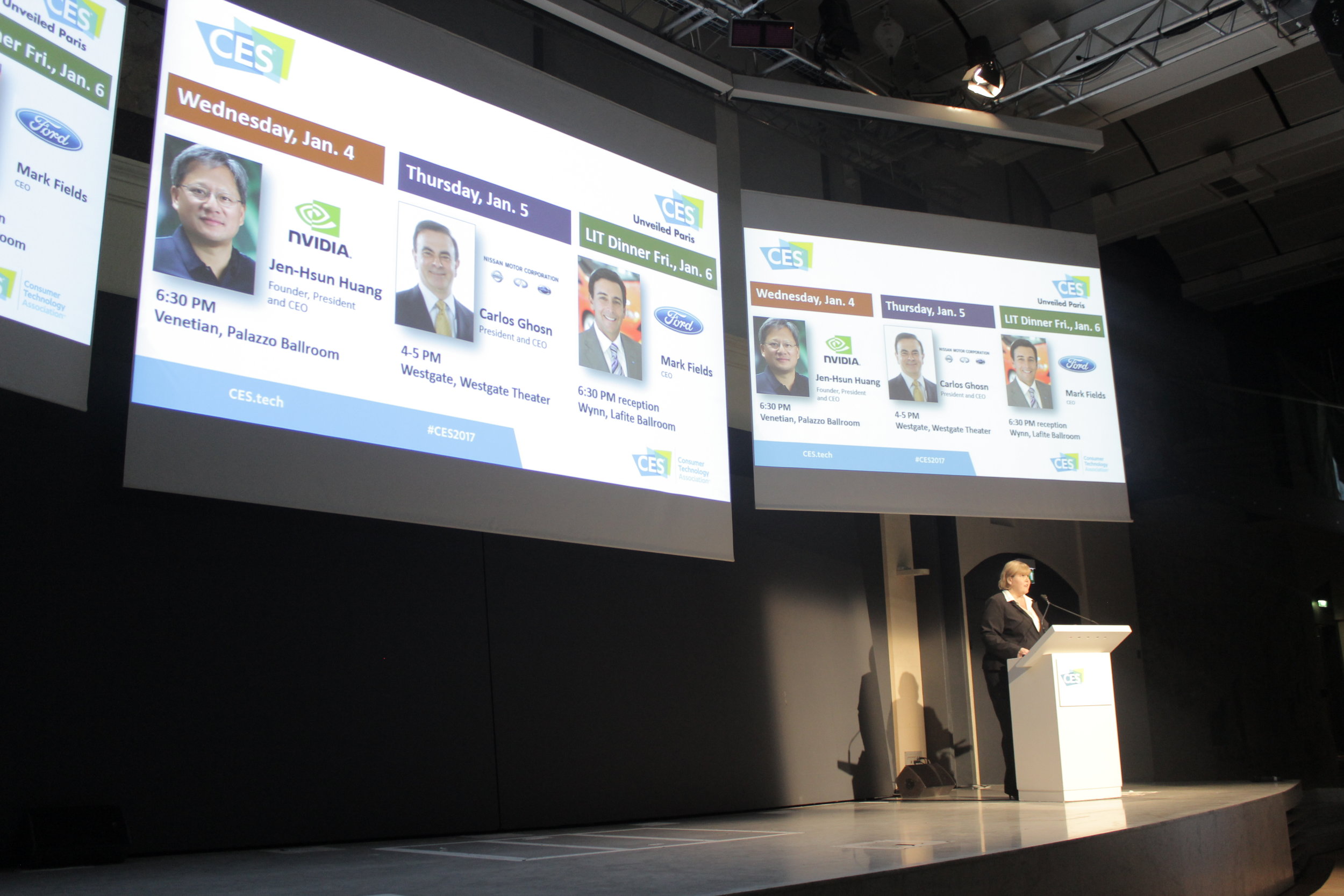

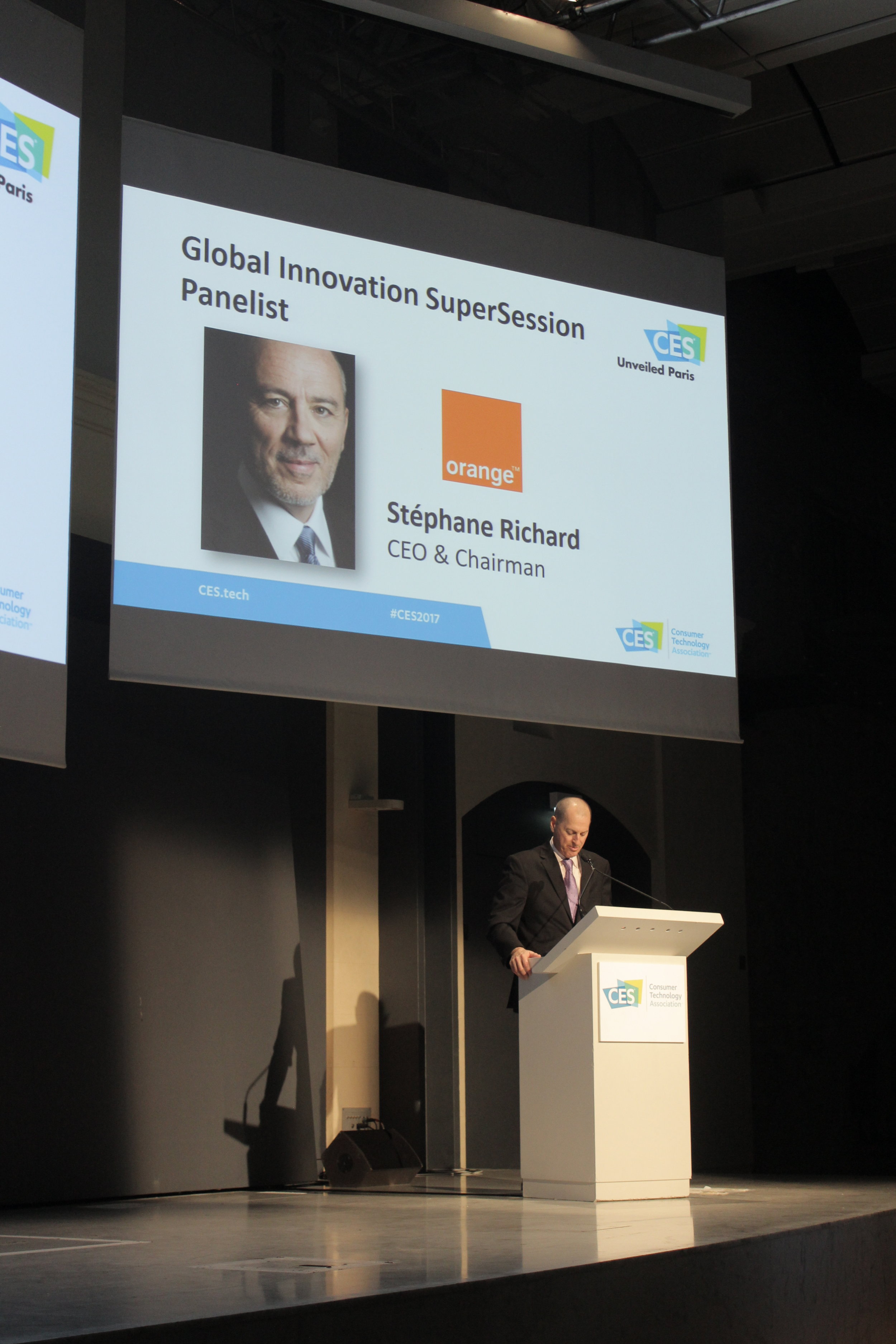

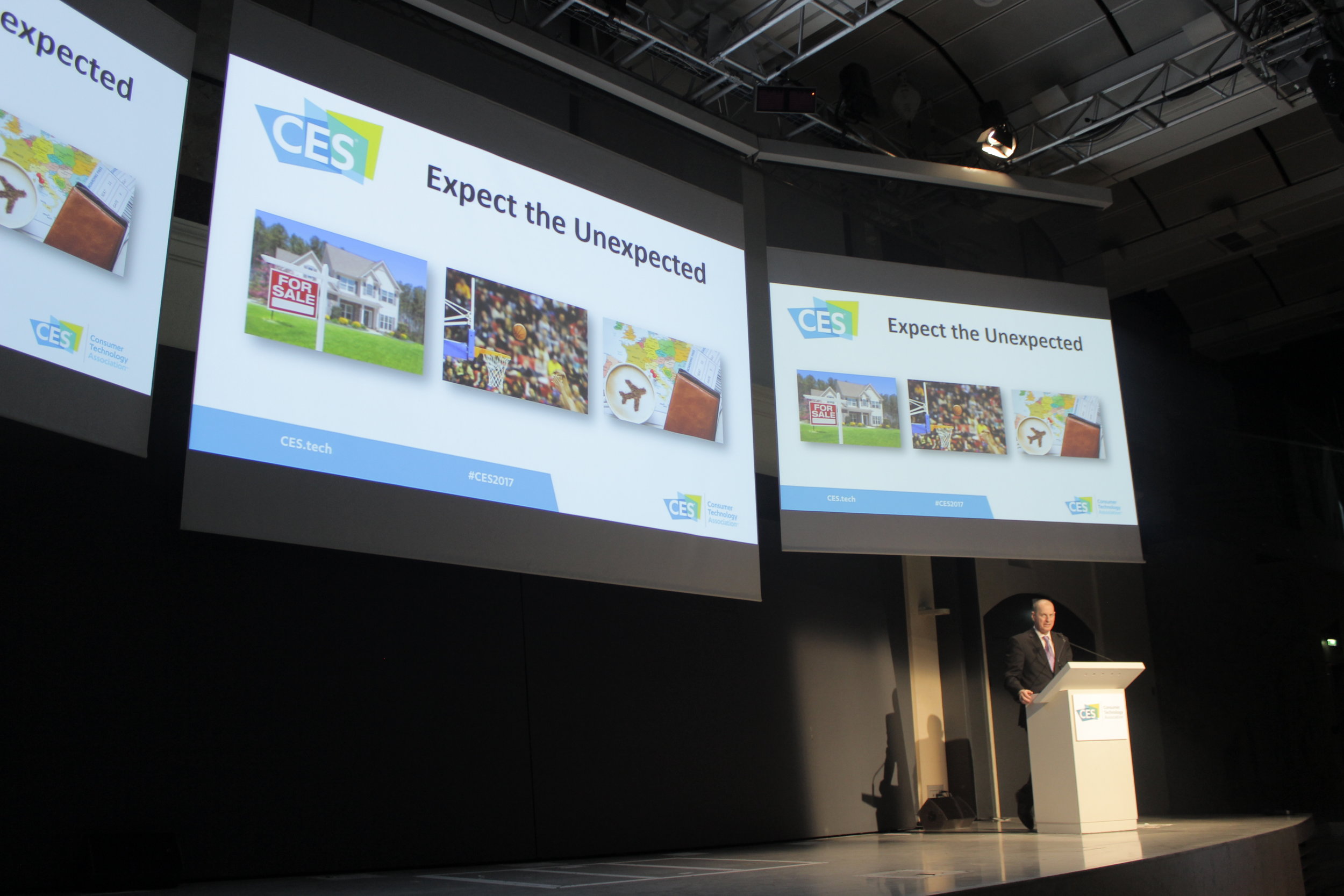
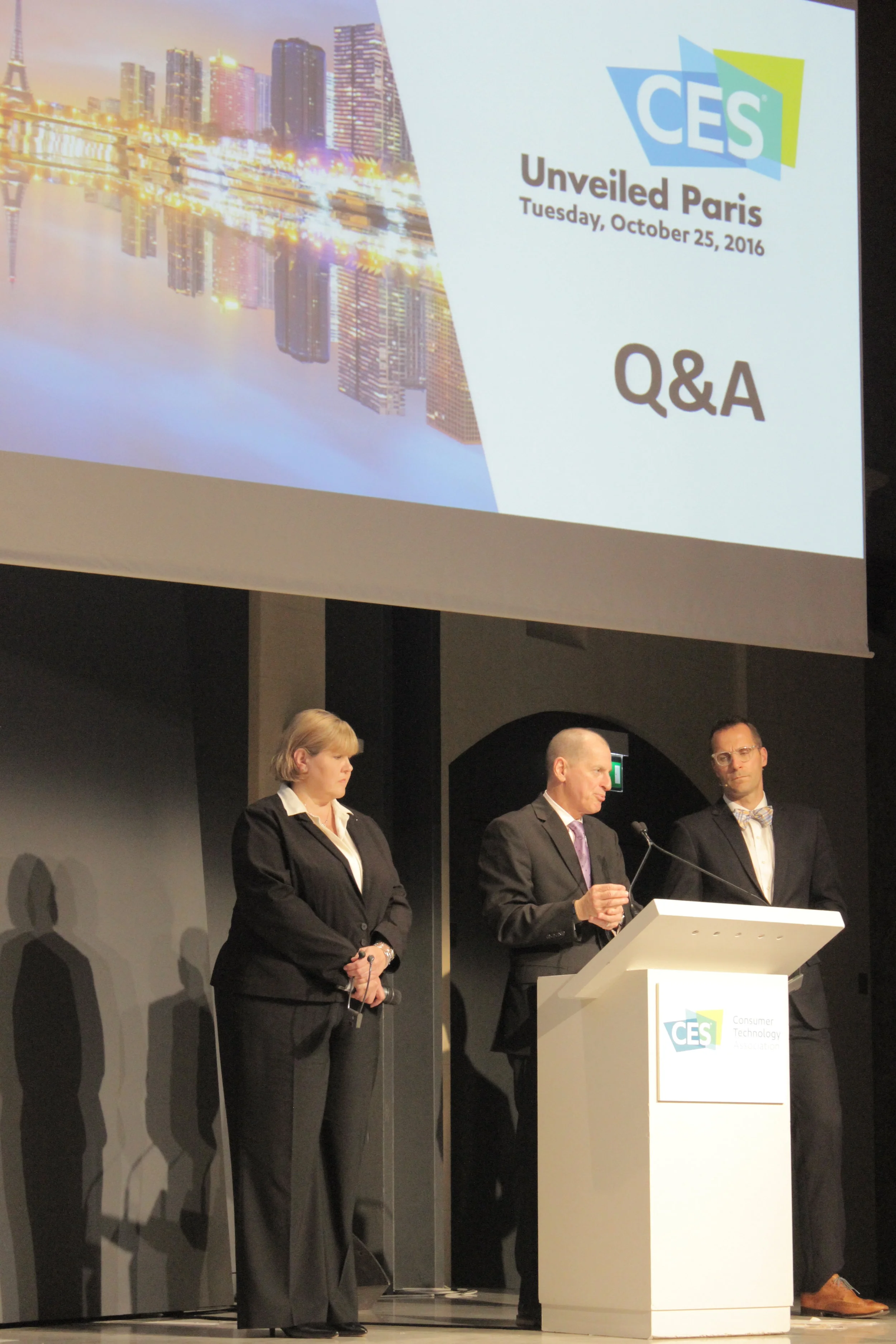
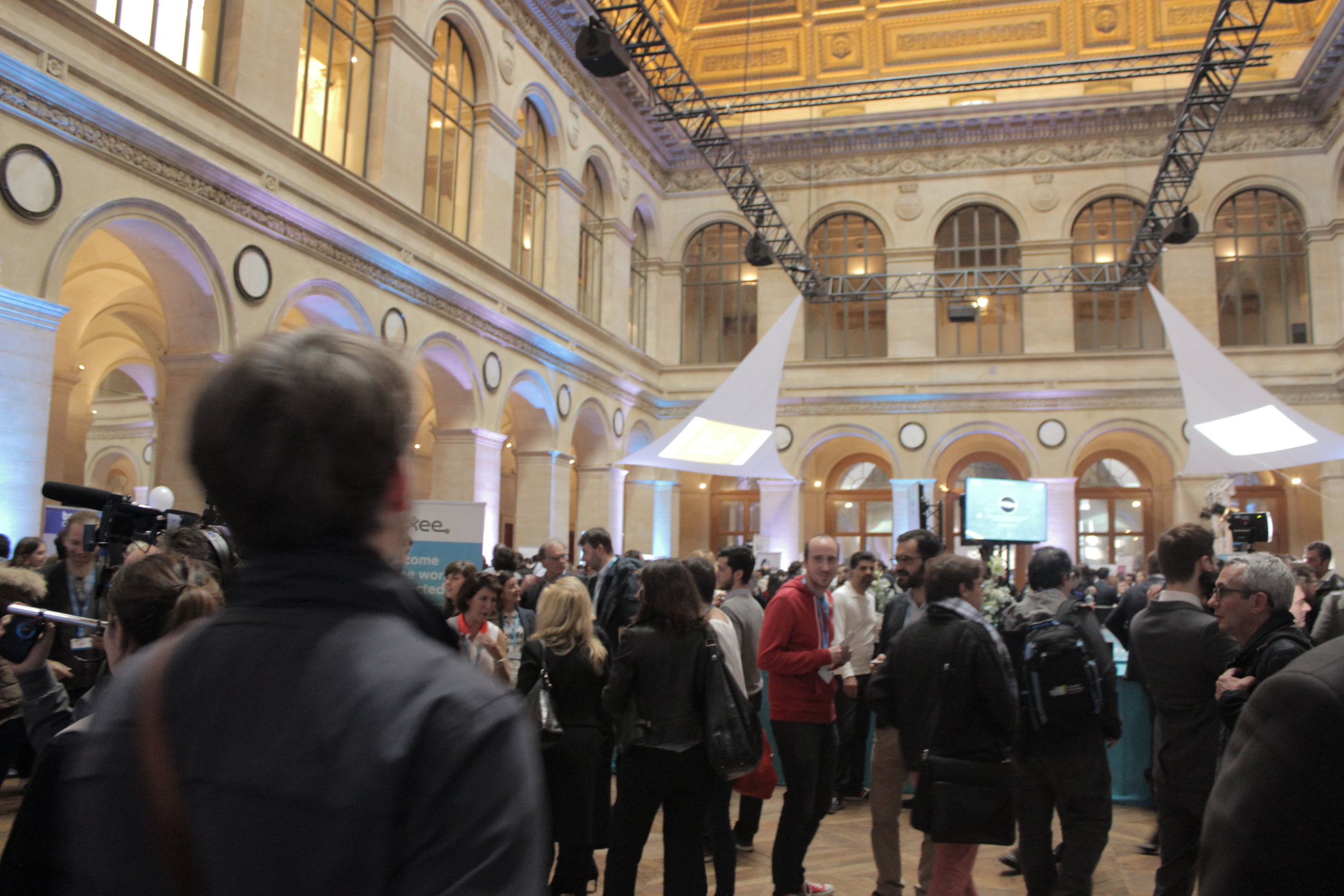
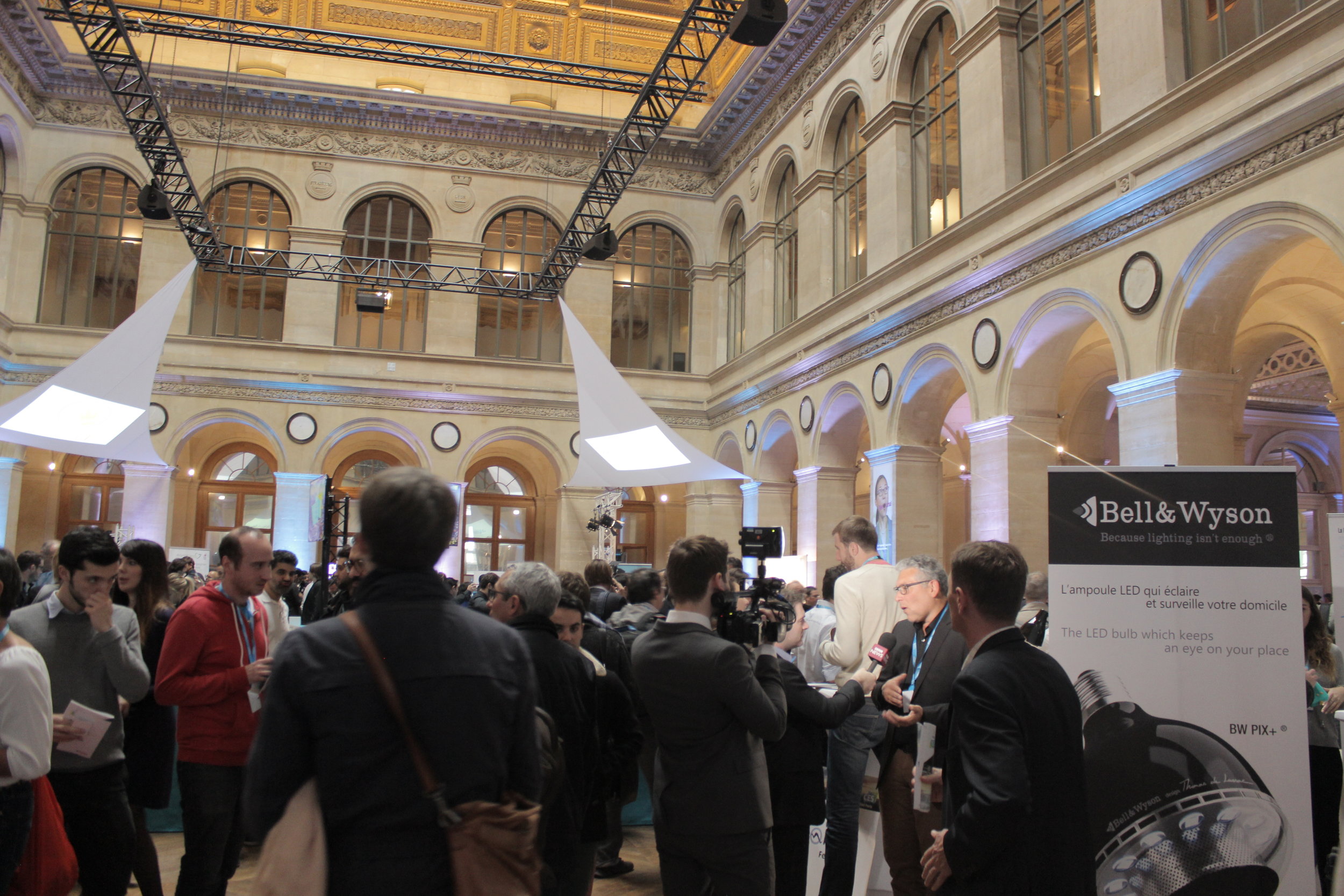
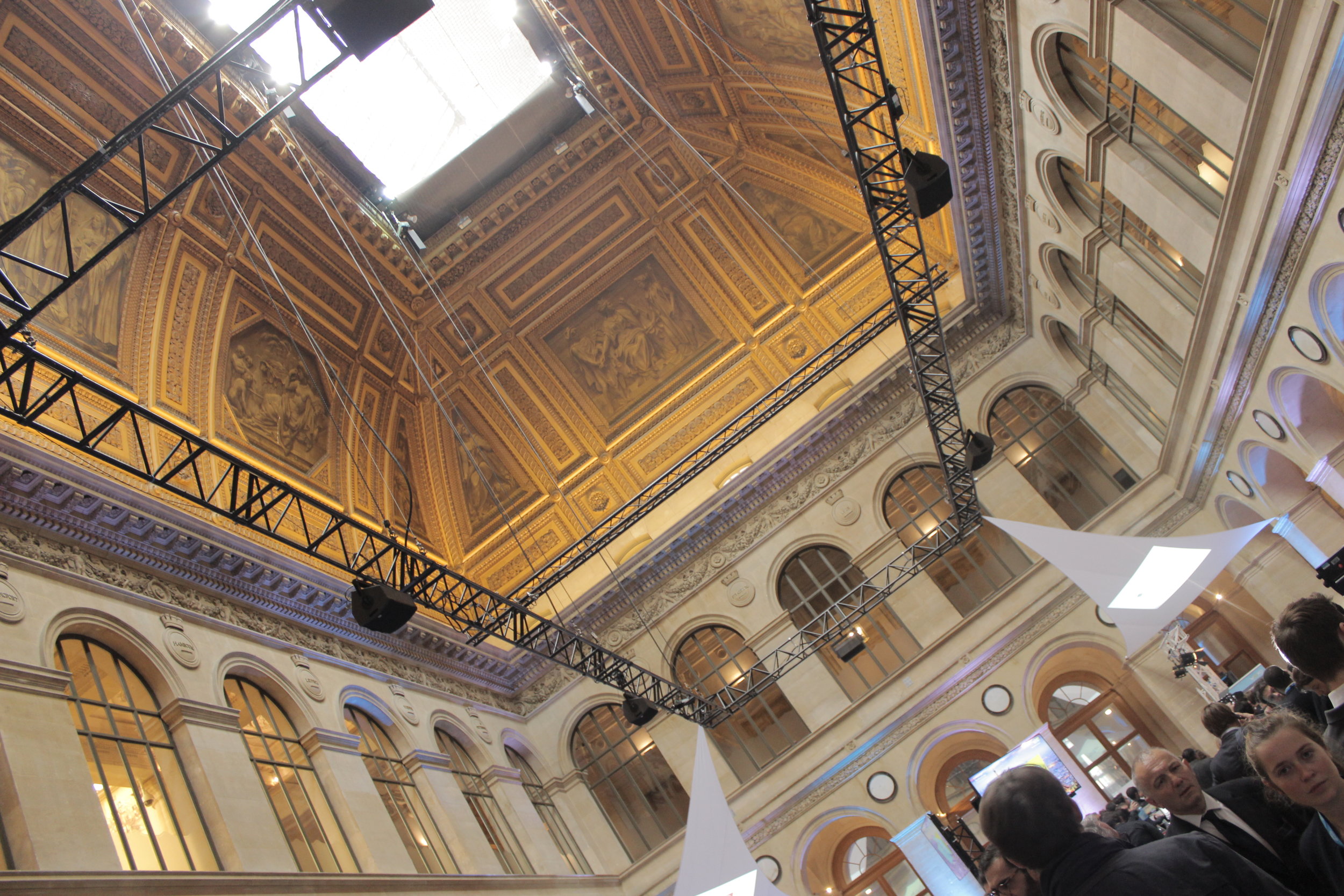
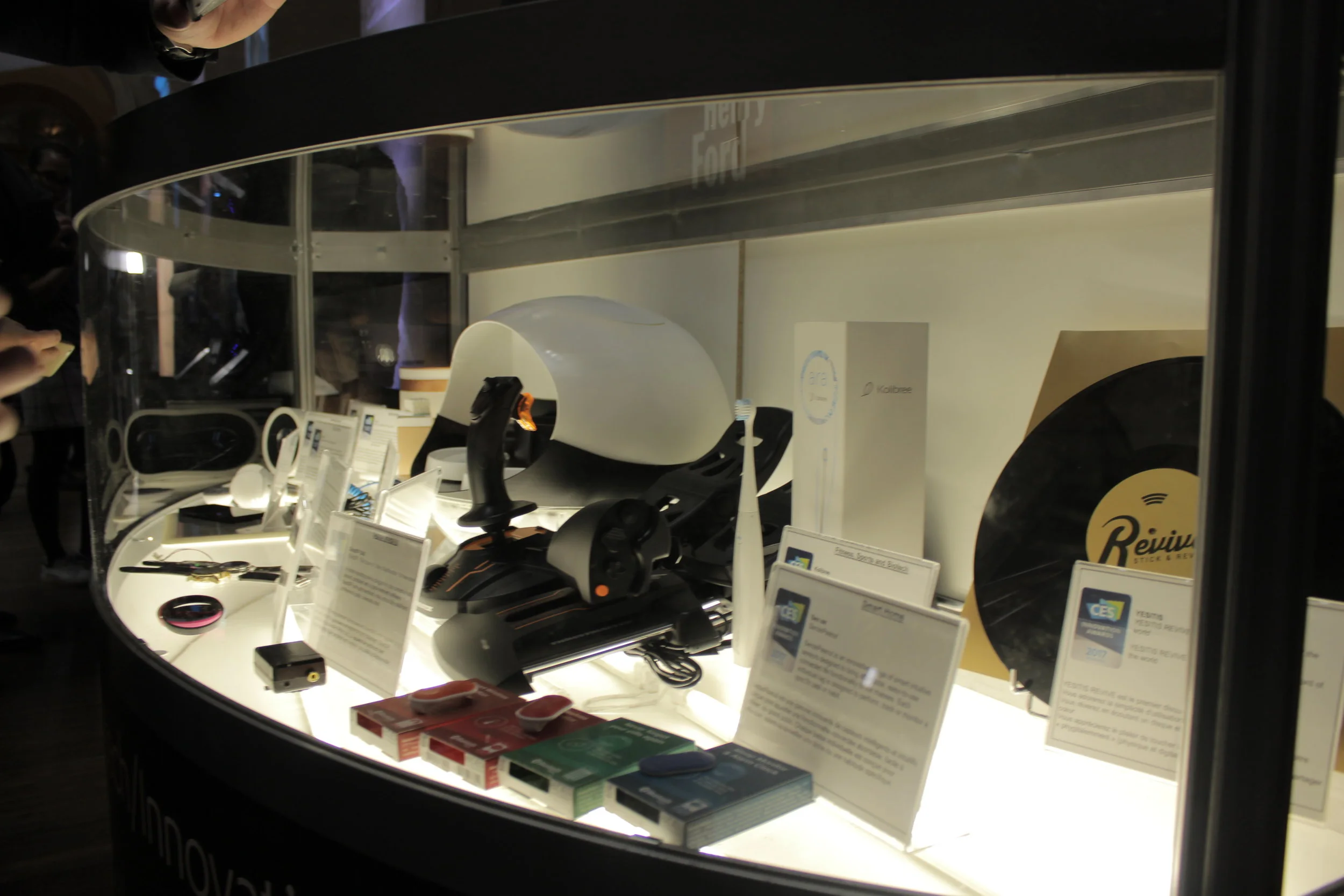
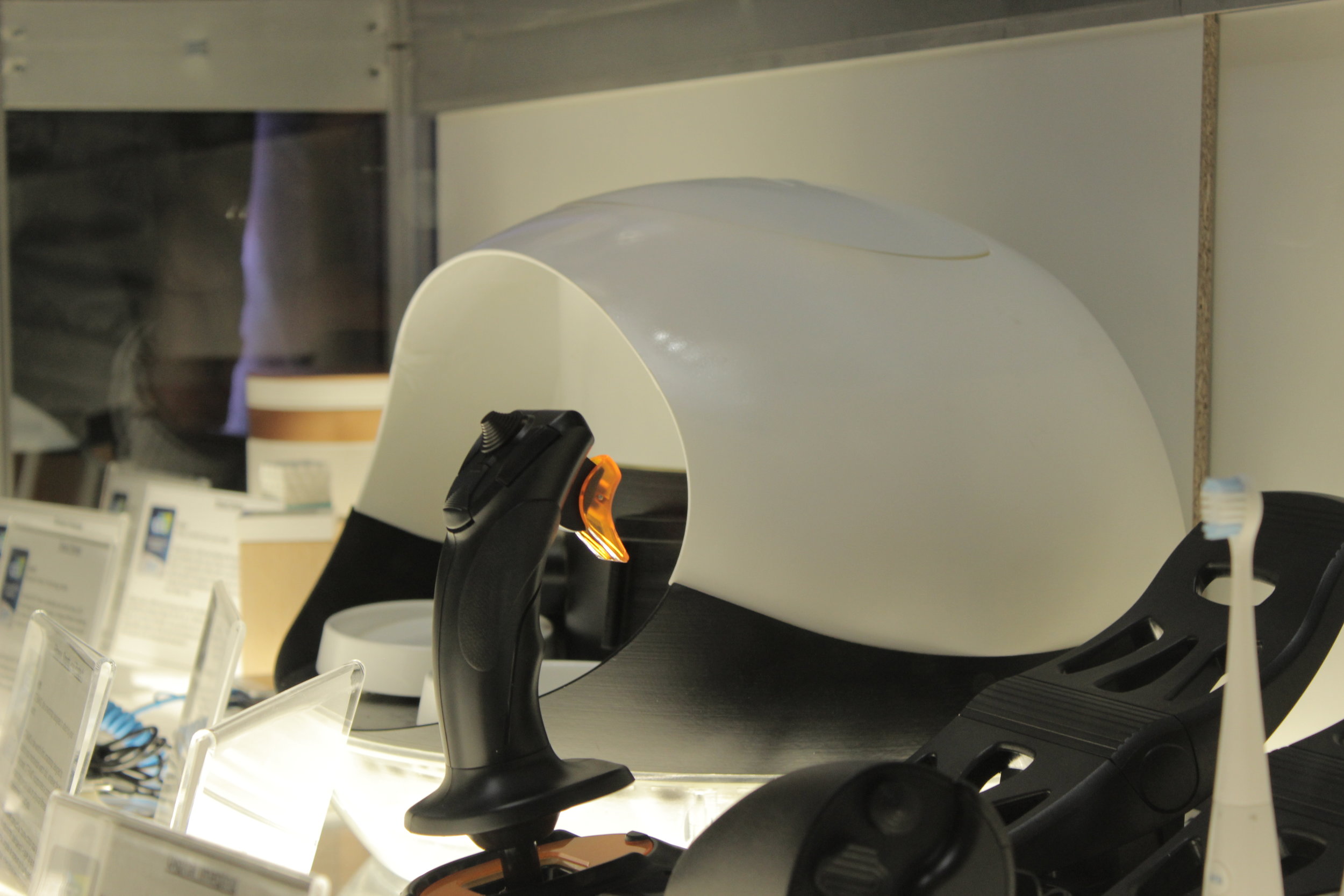
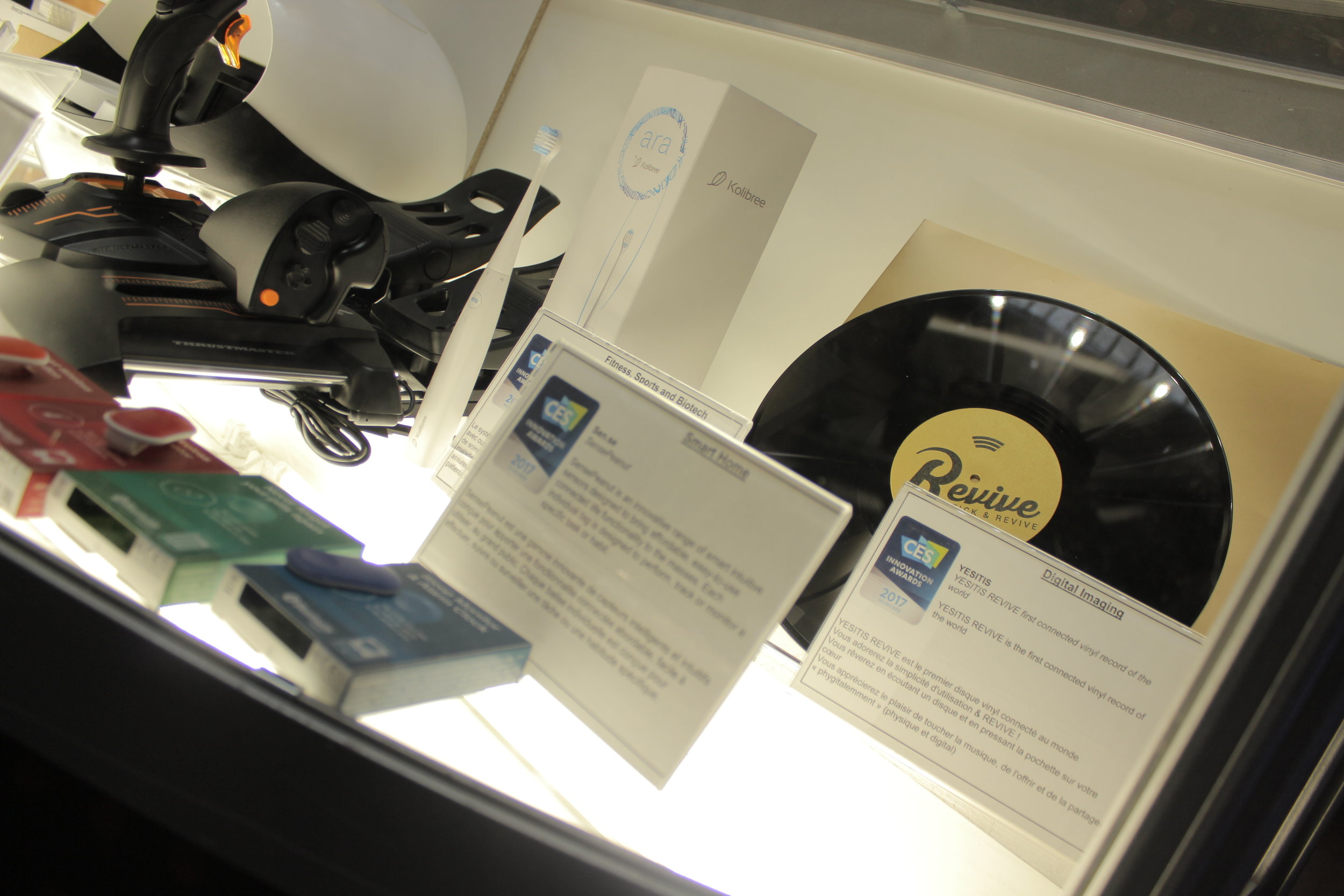
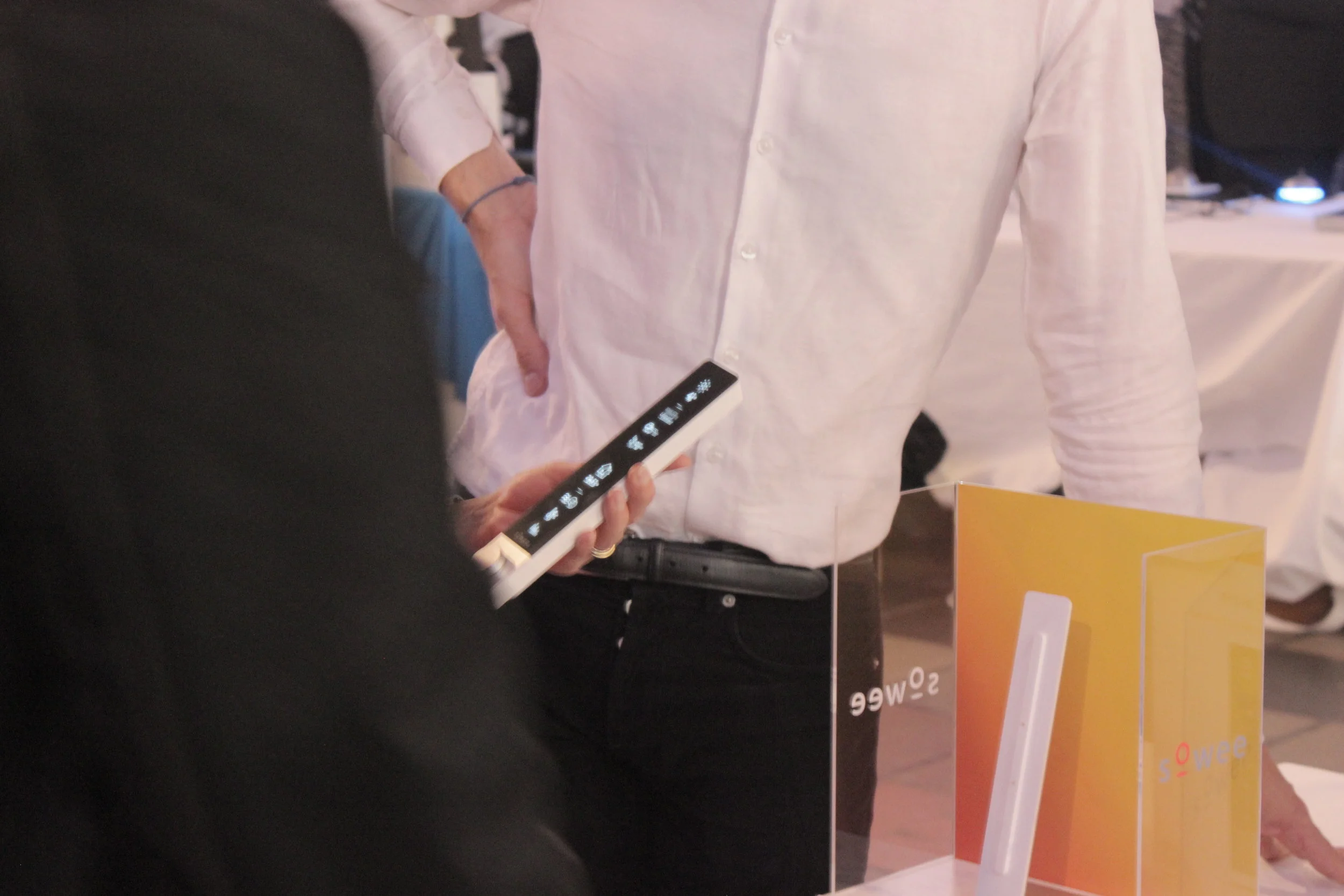
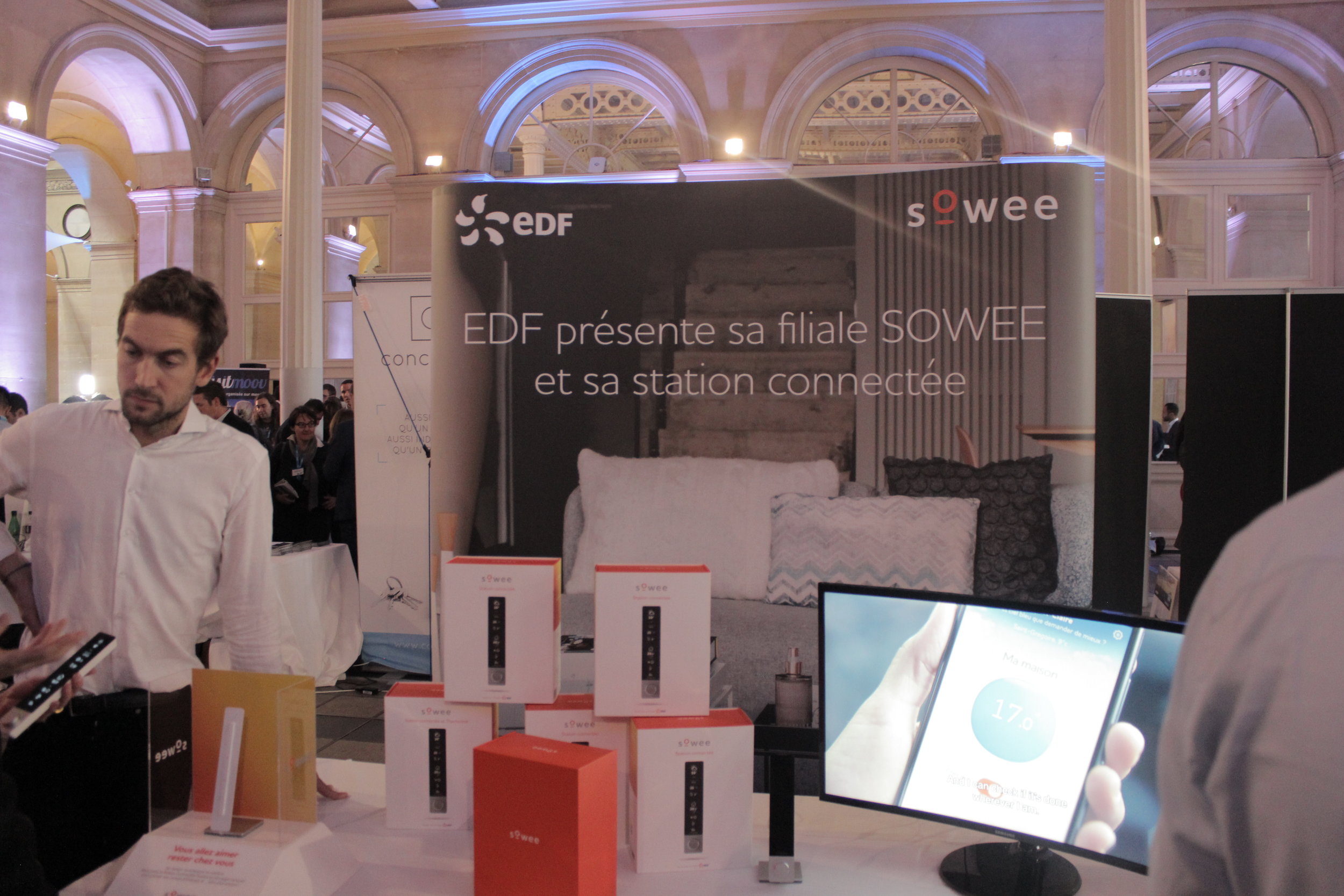

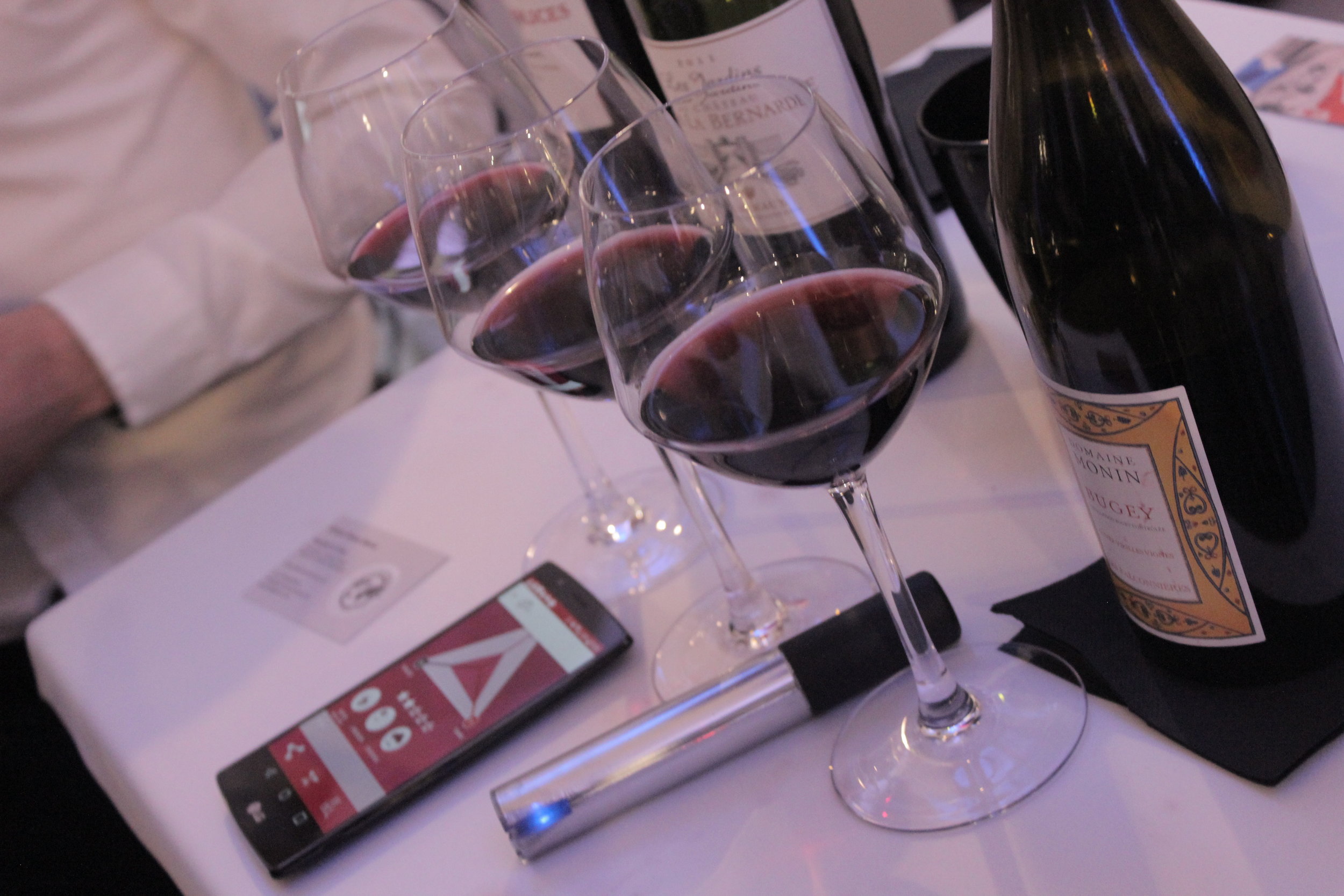
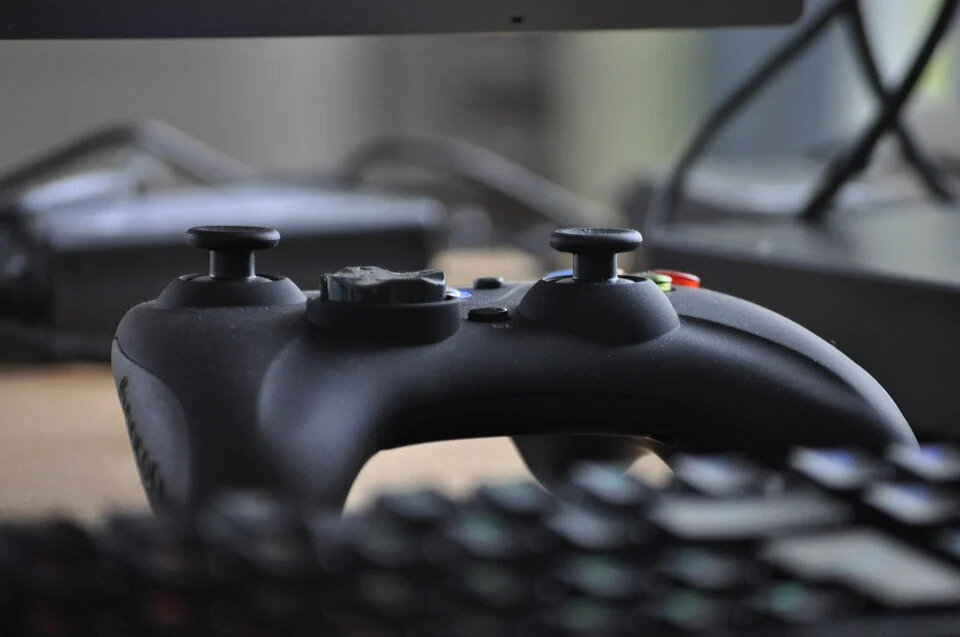

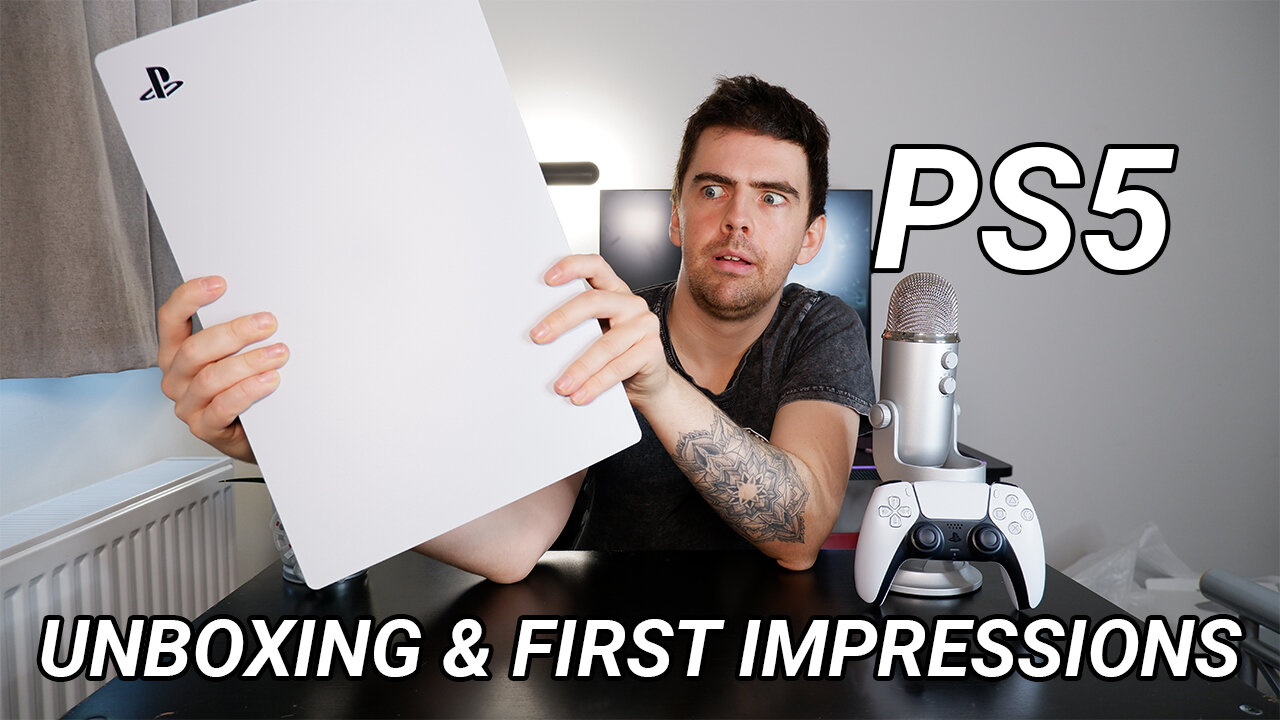




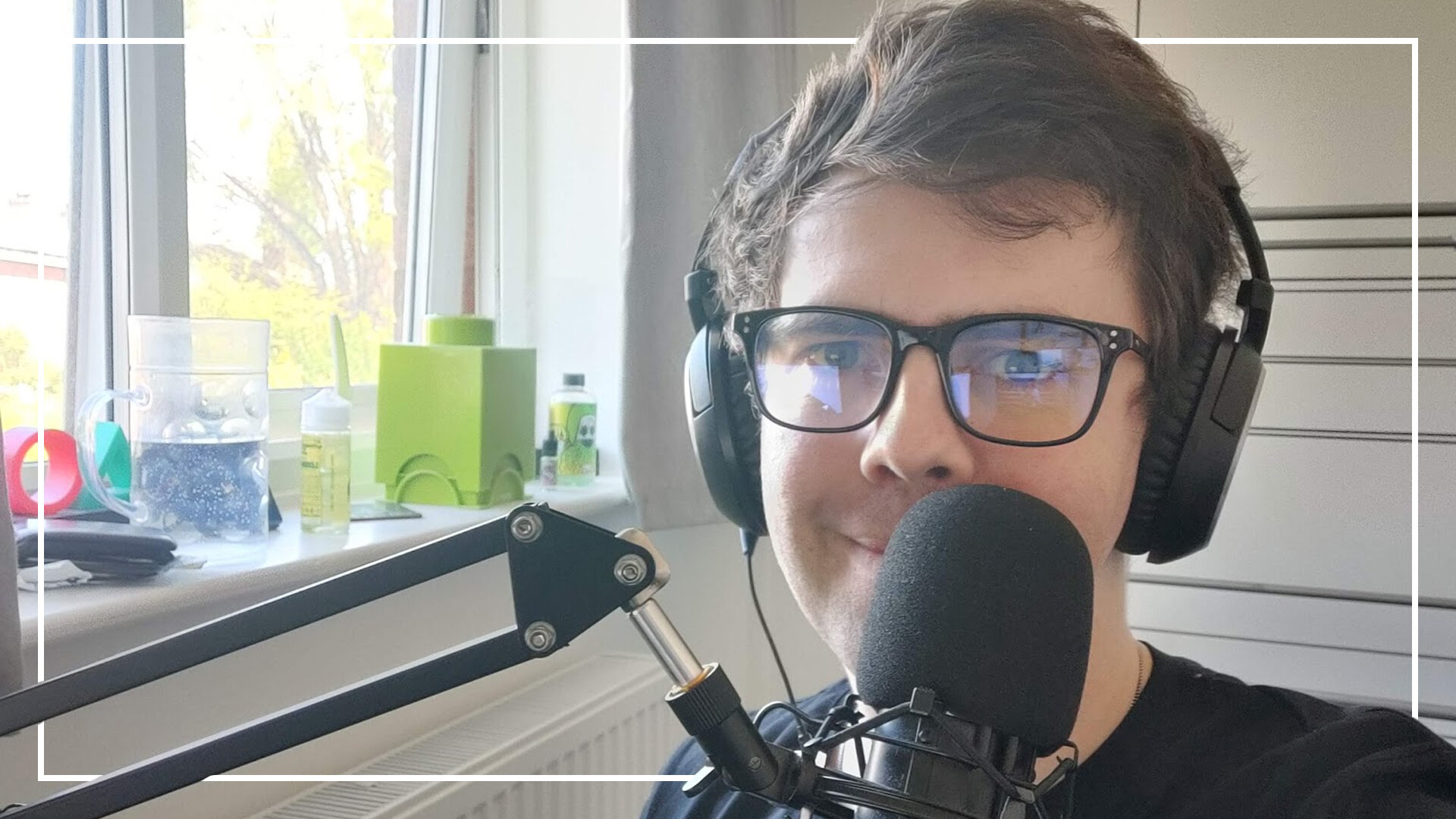
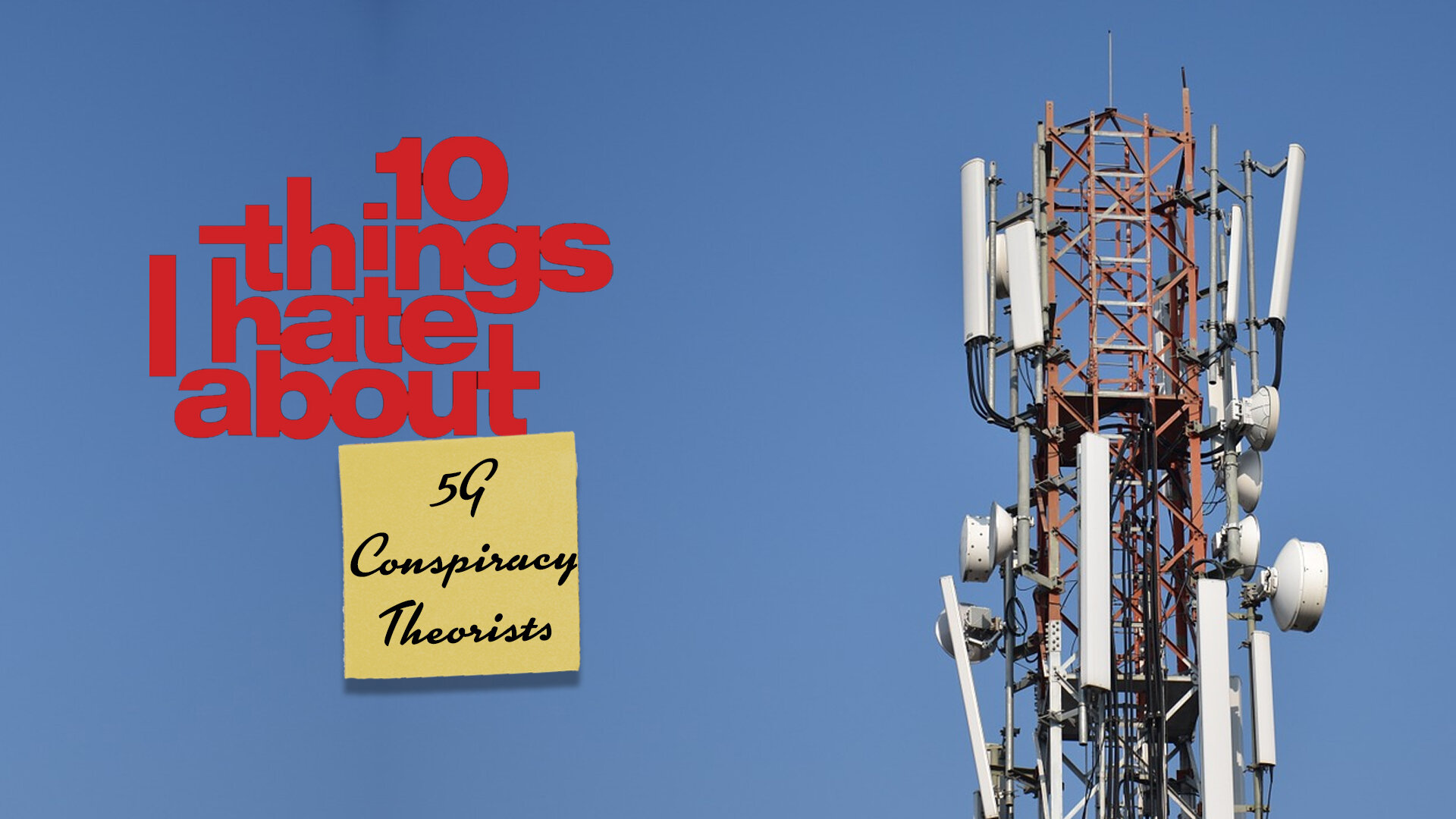
Alongside the scientists, 50% of the British public and the future health of young people across the nation, I have one simple request: delay Freedom Day, please.